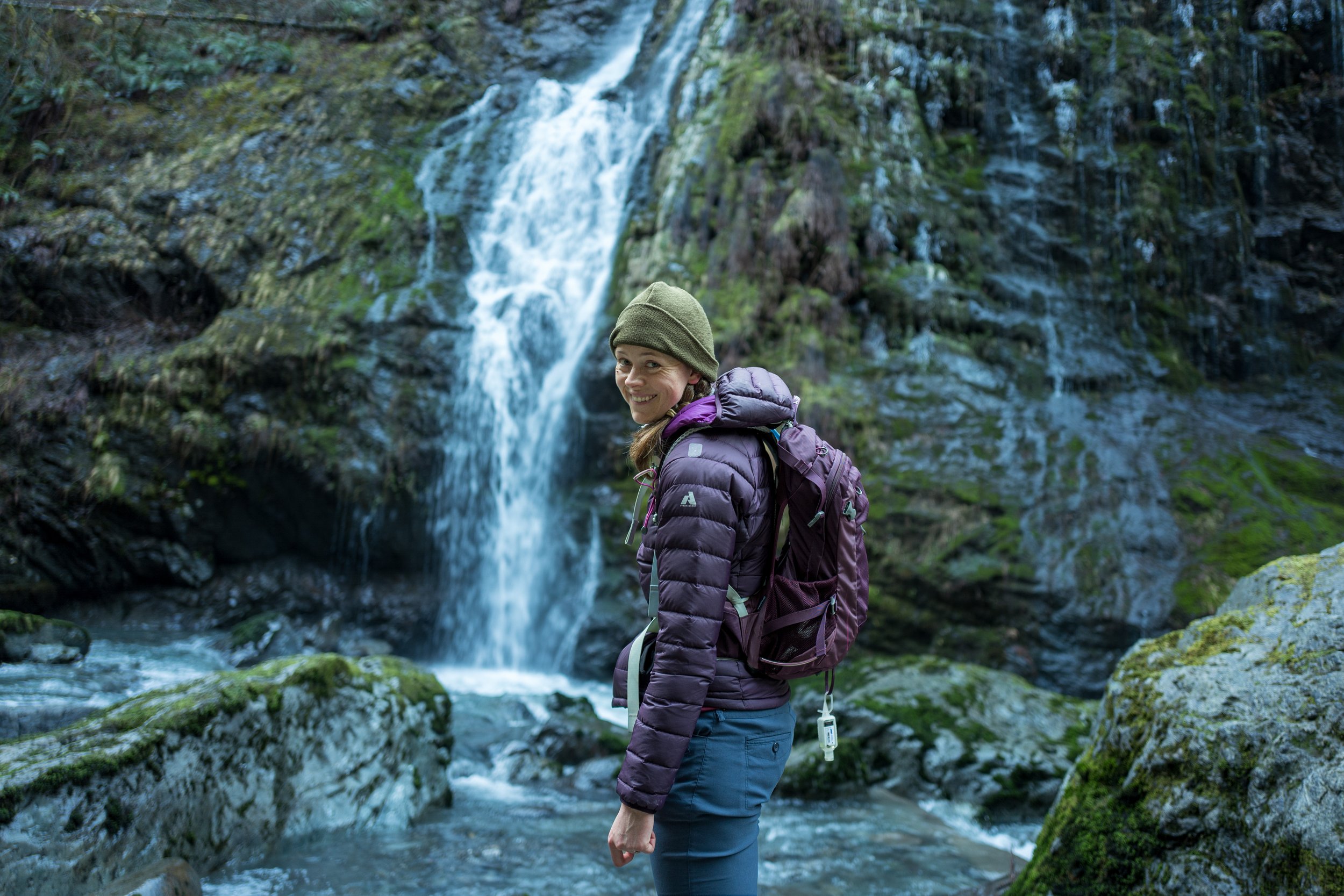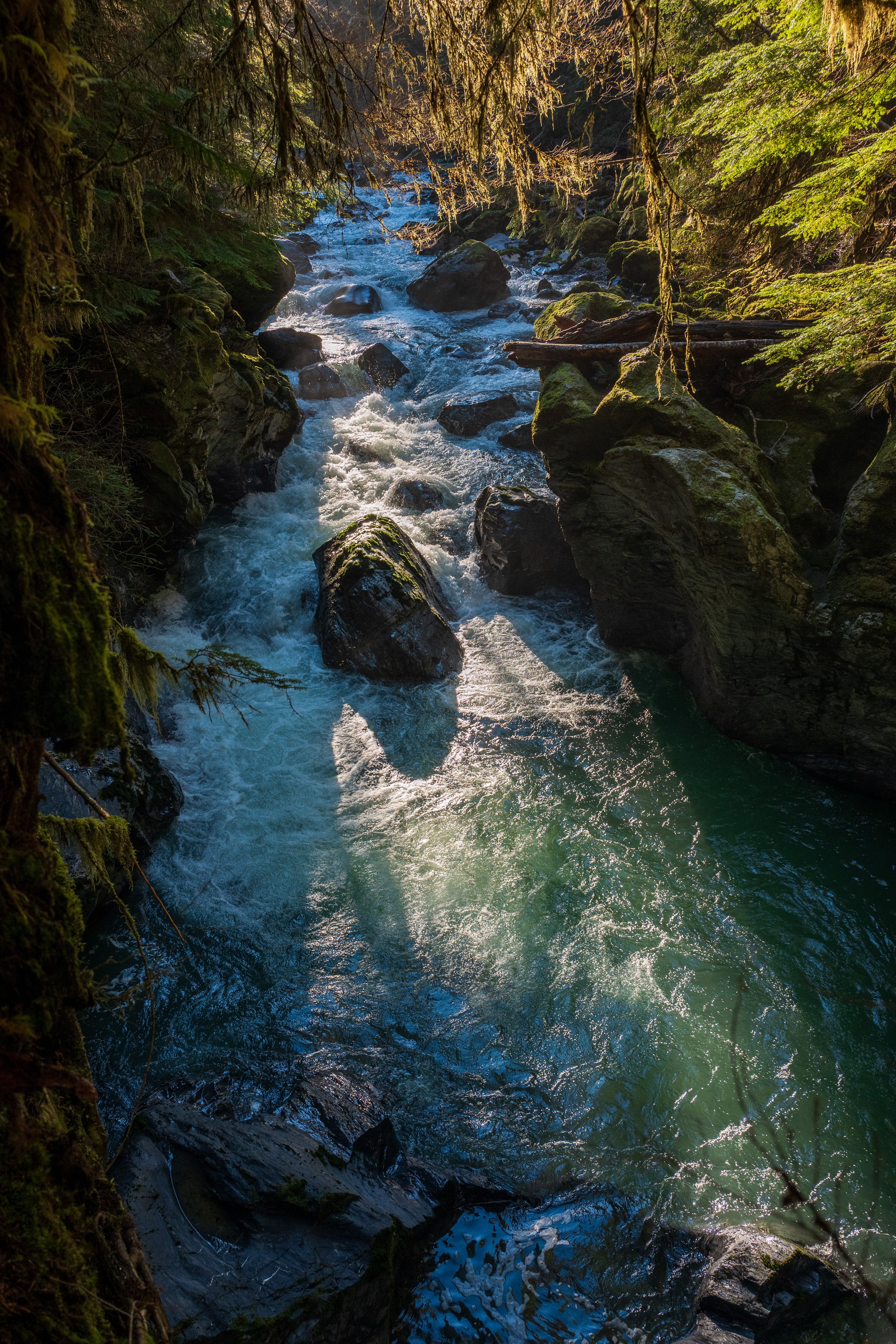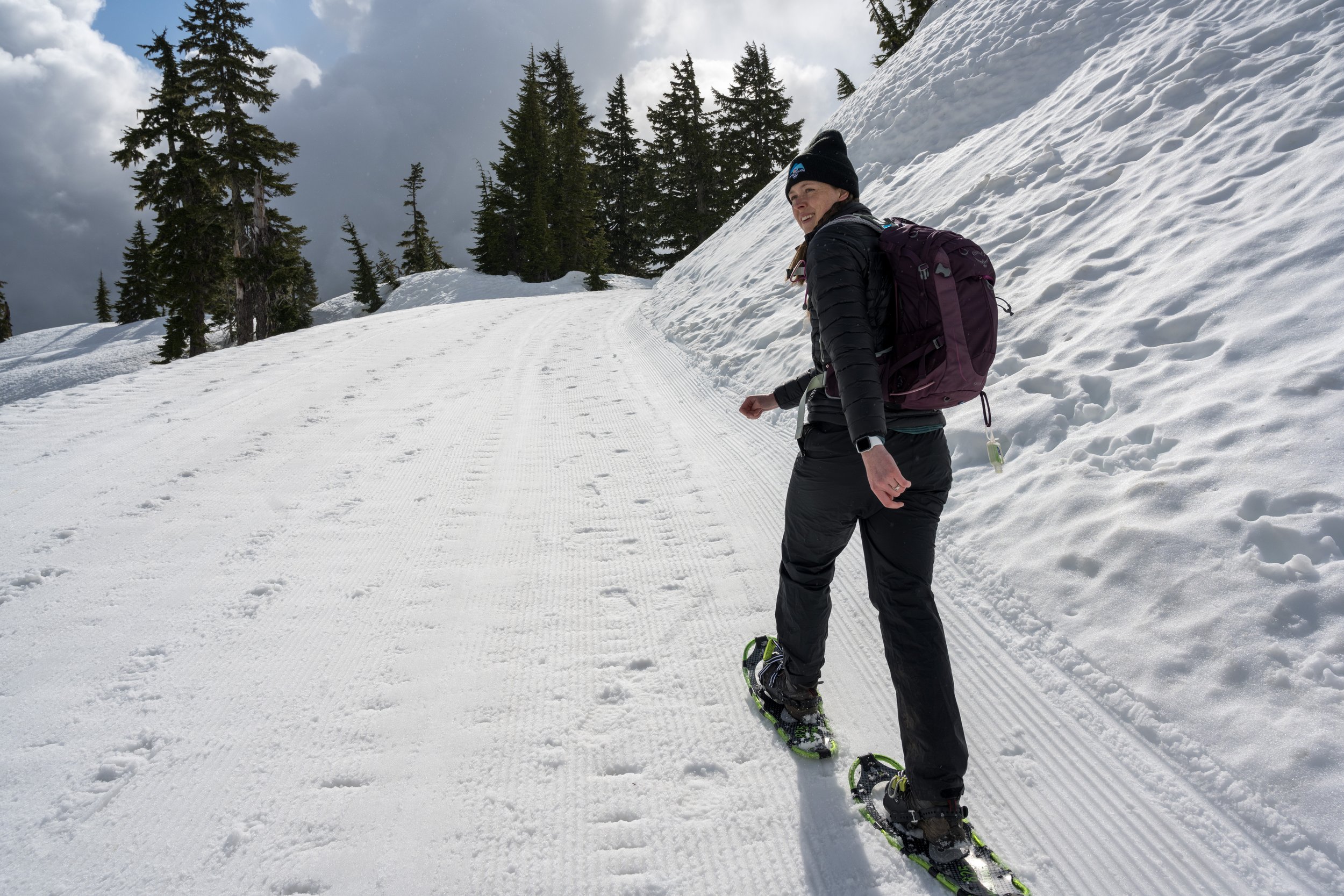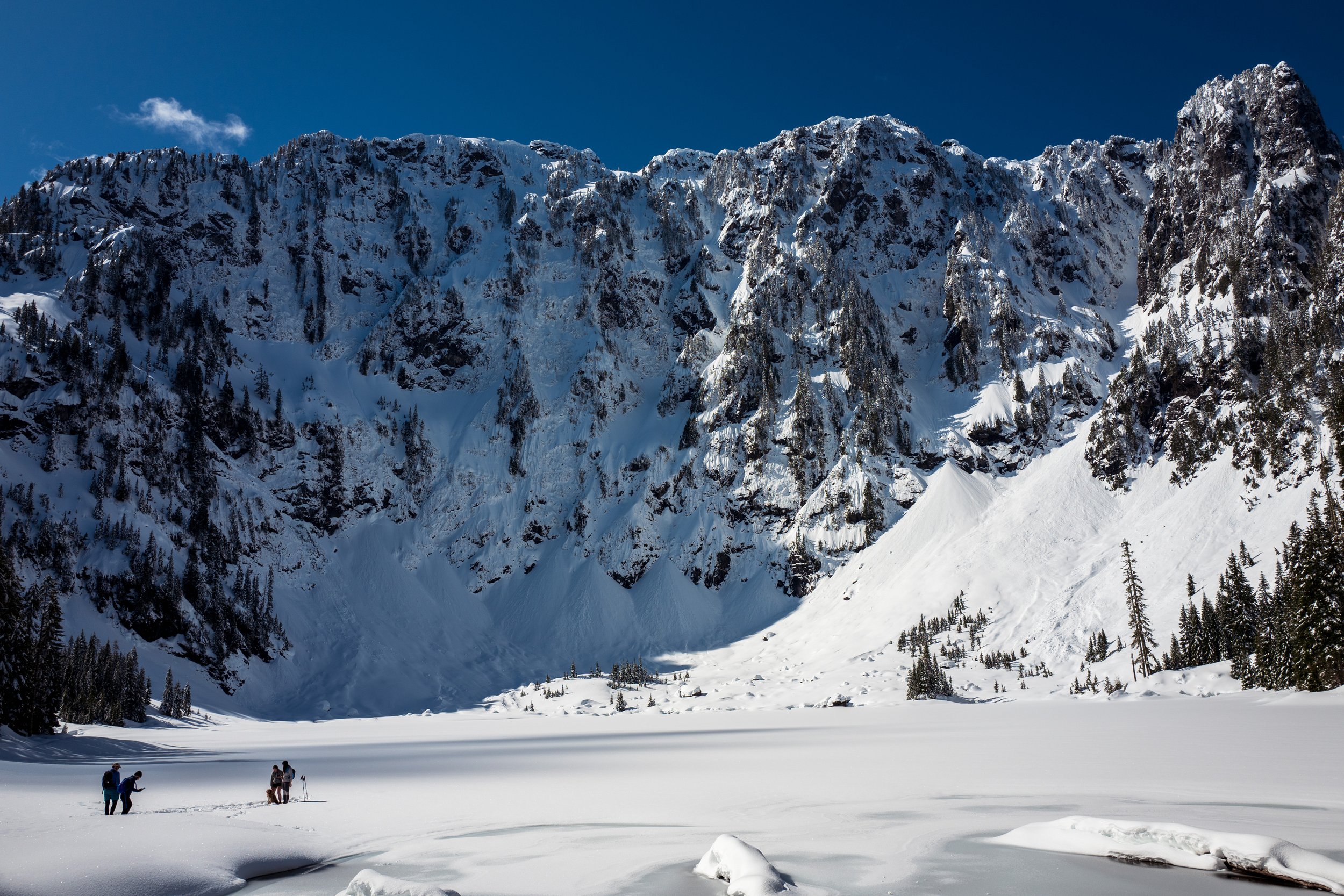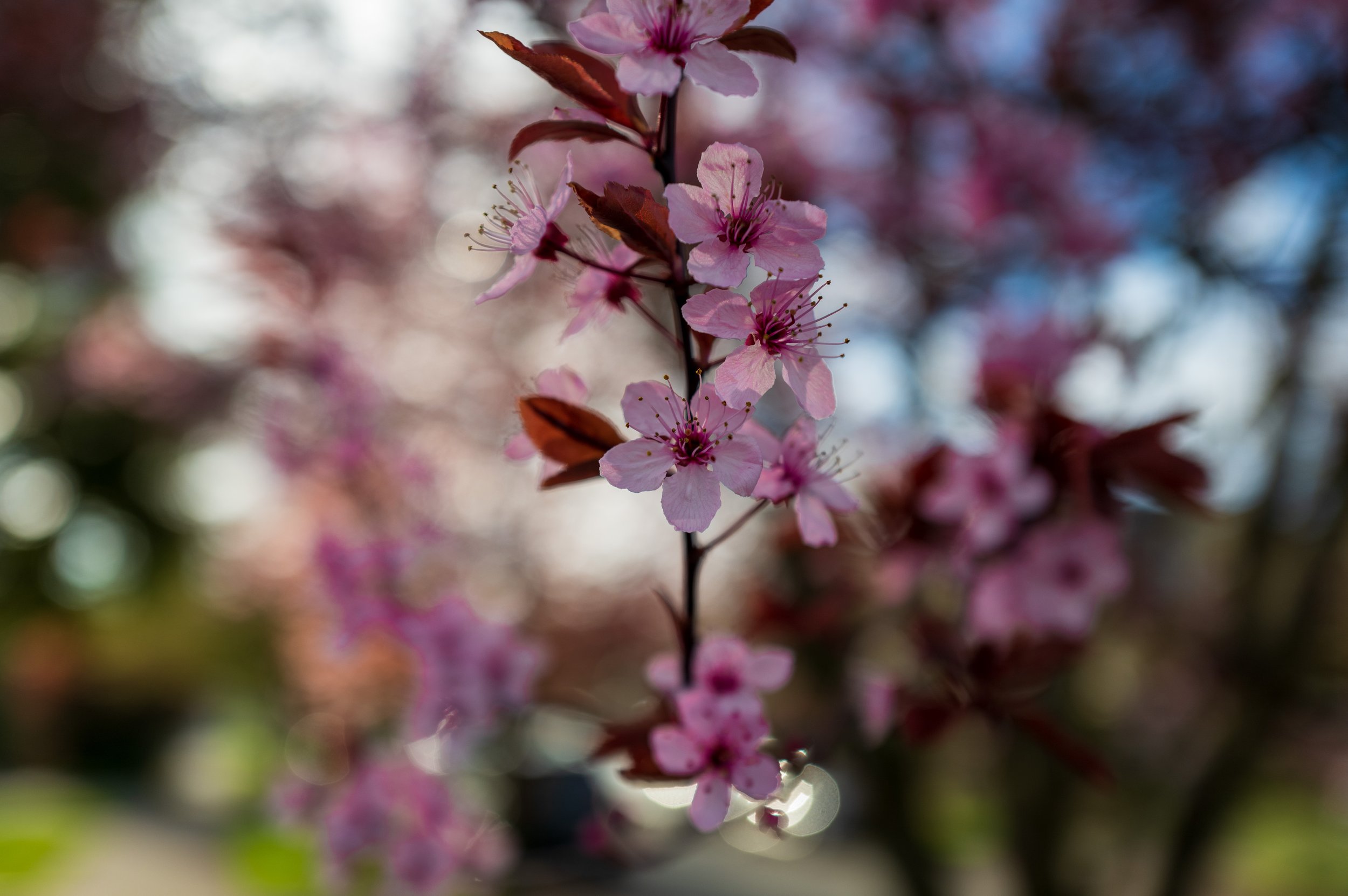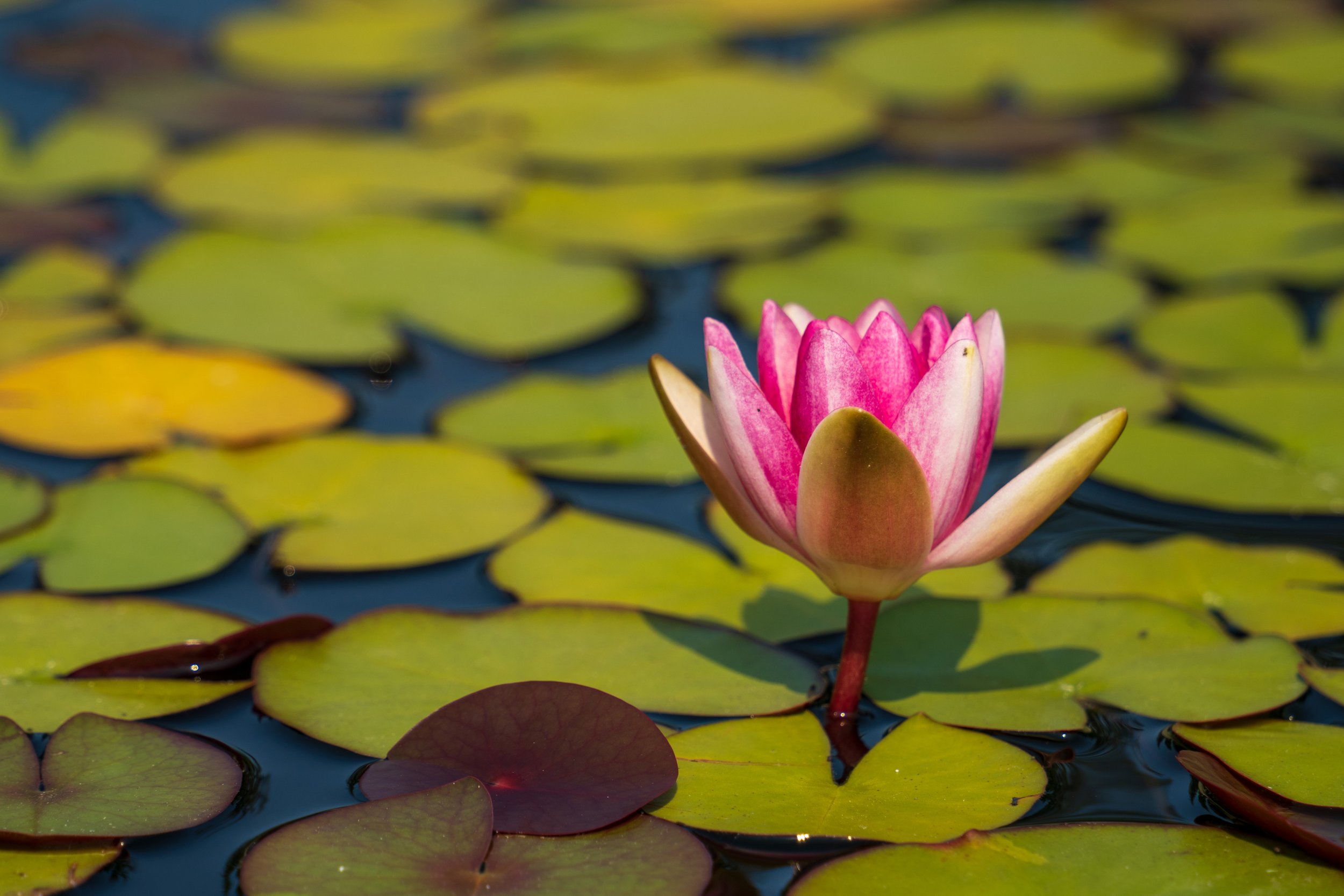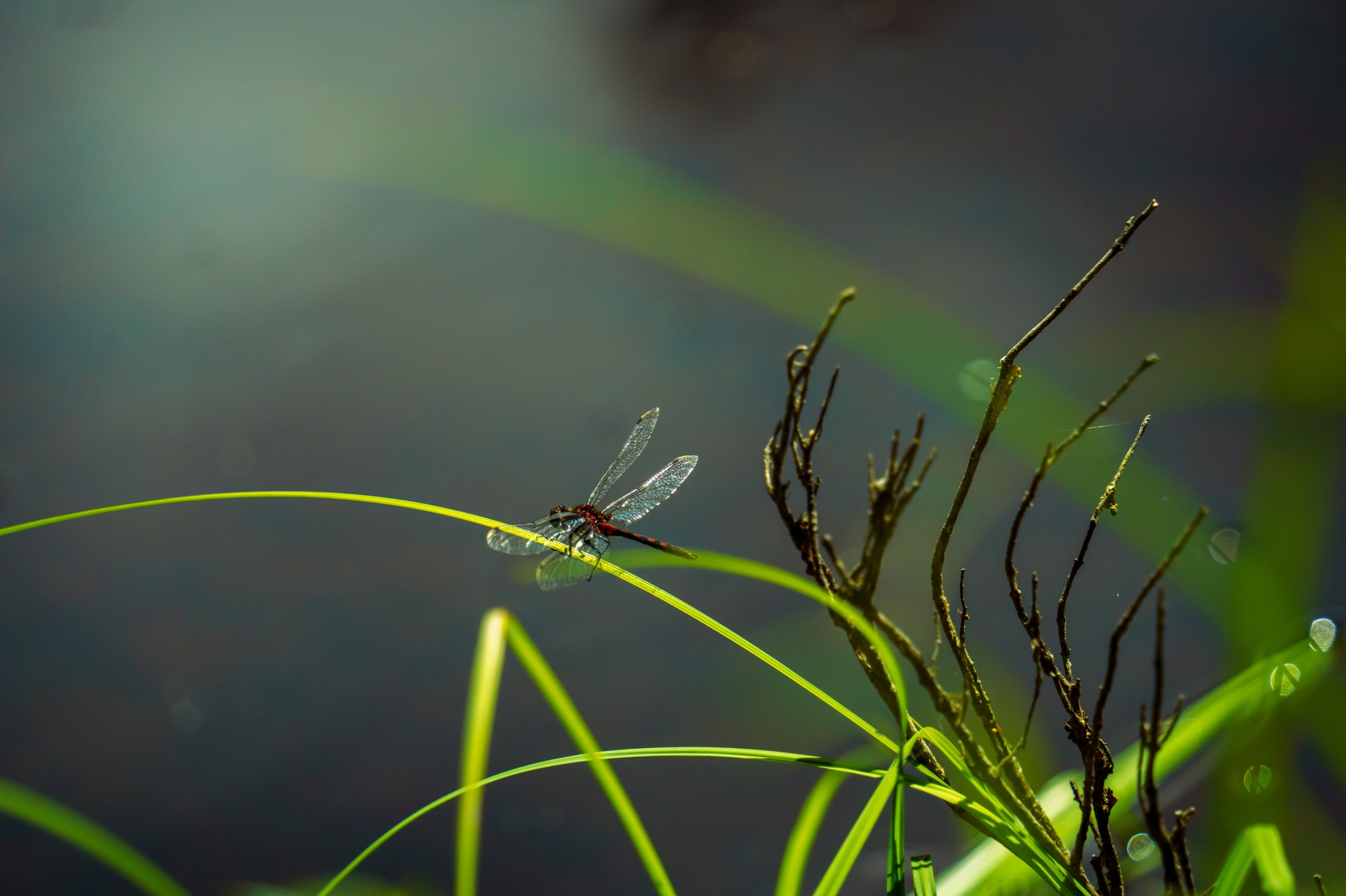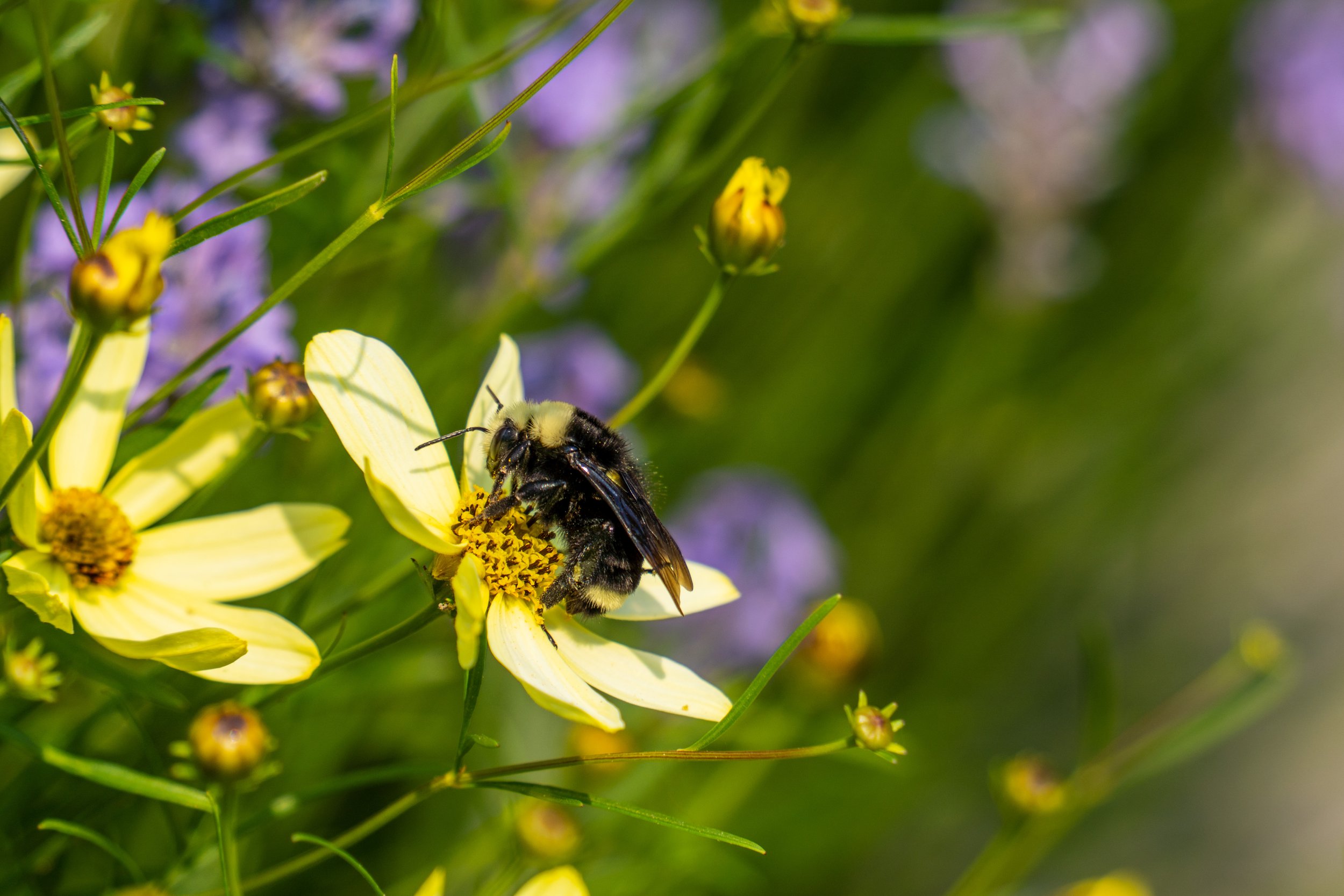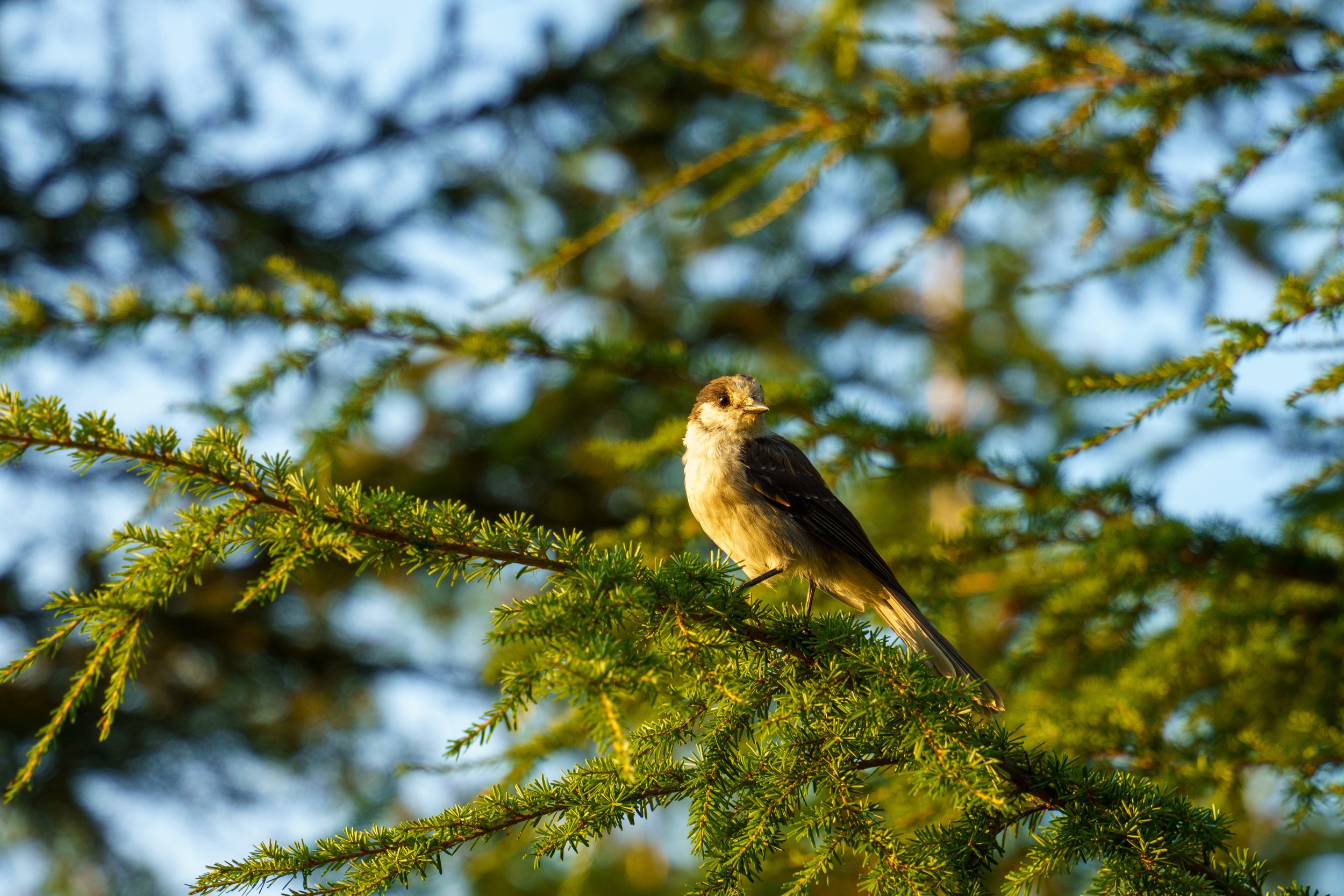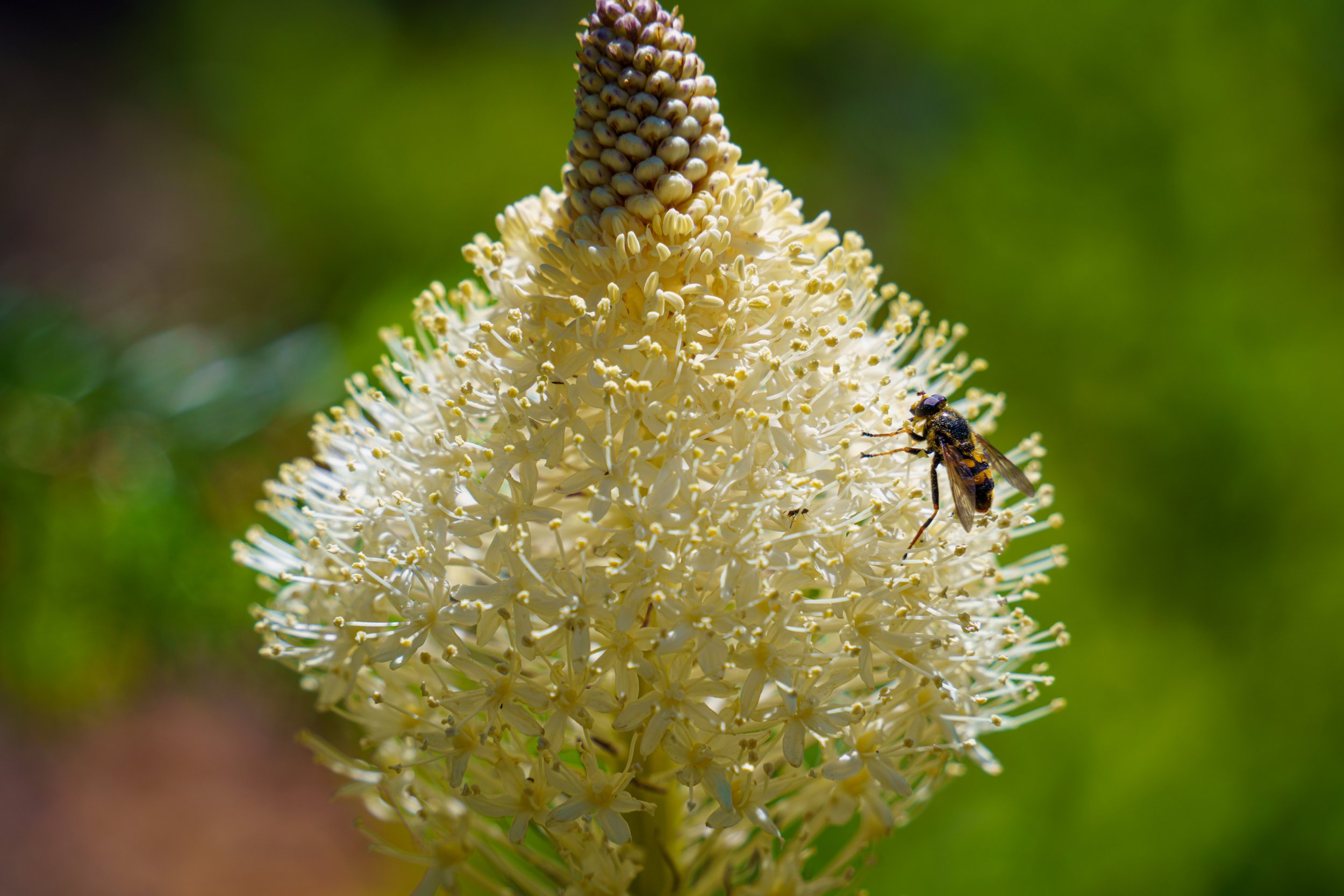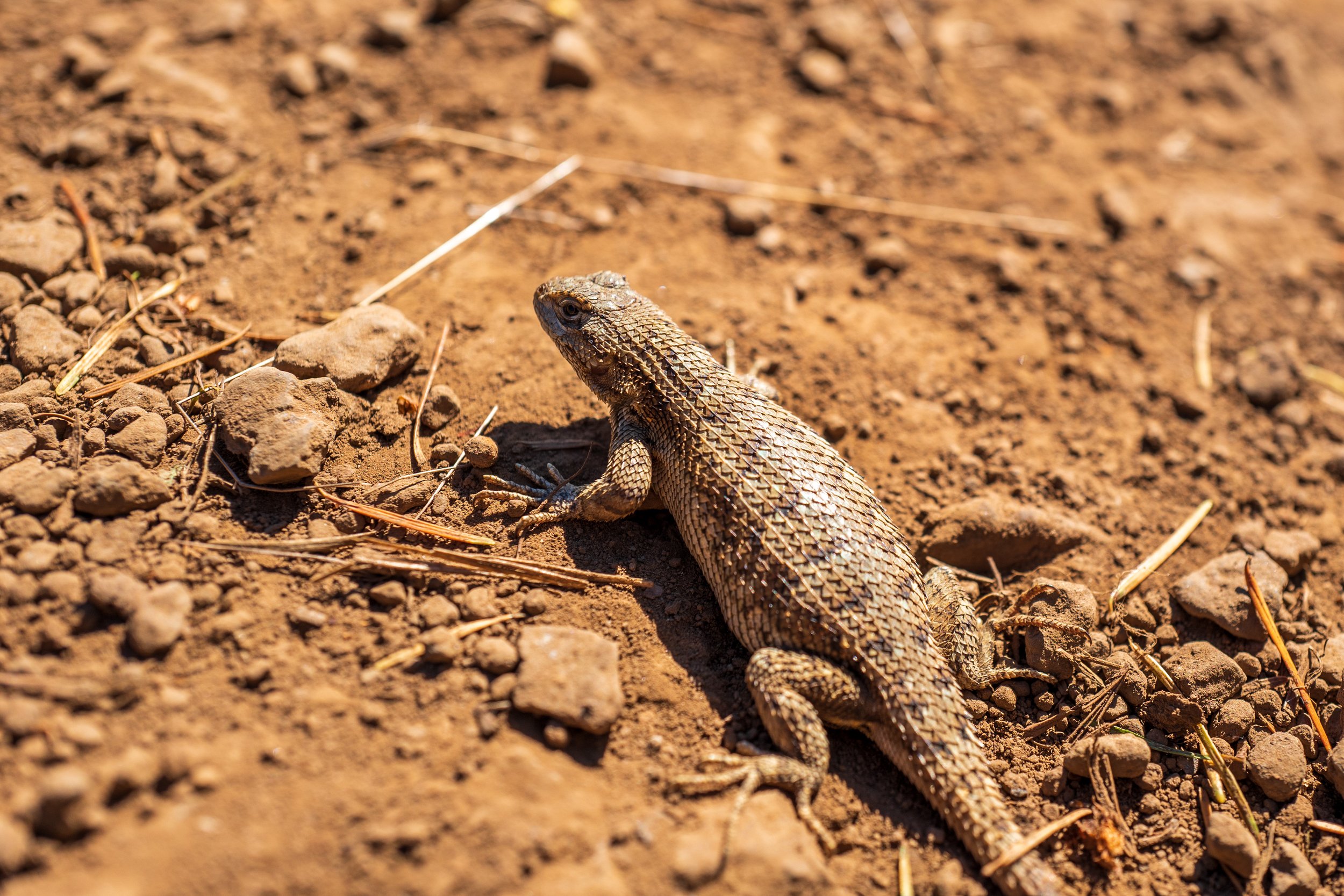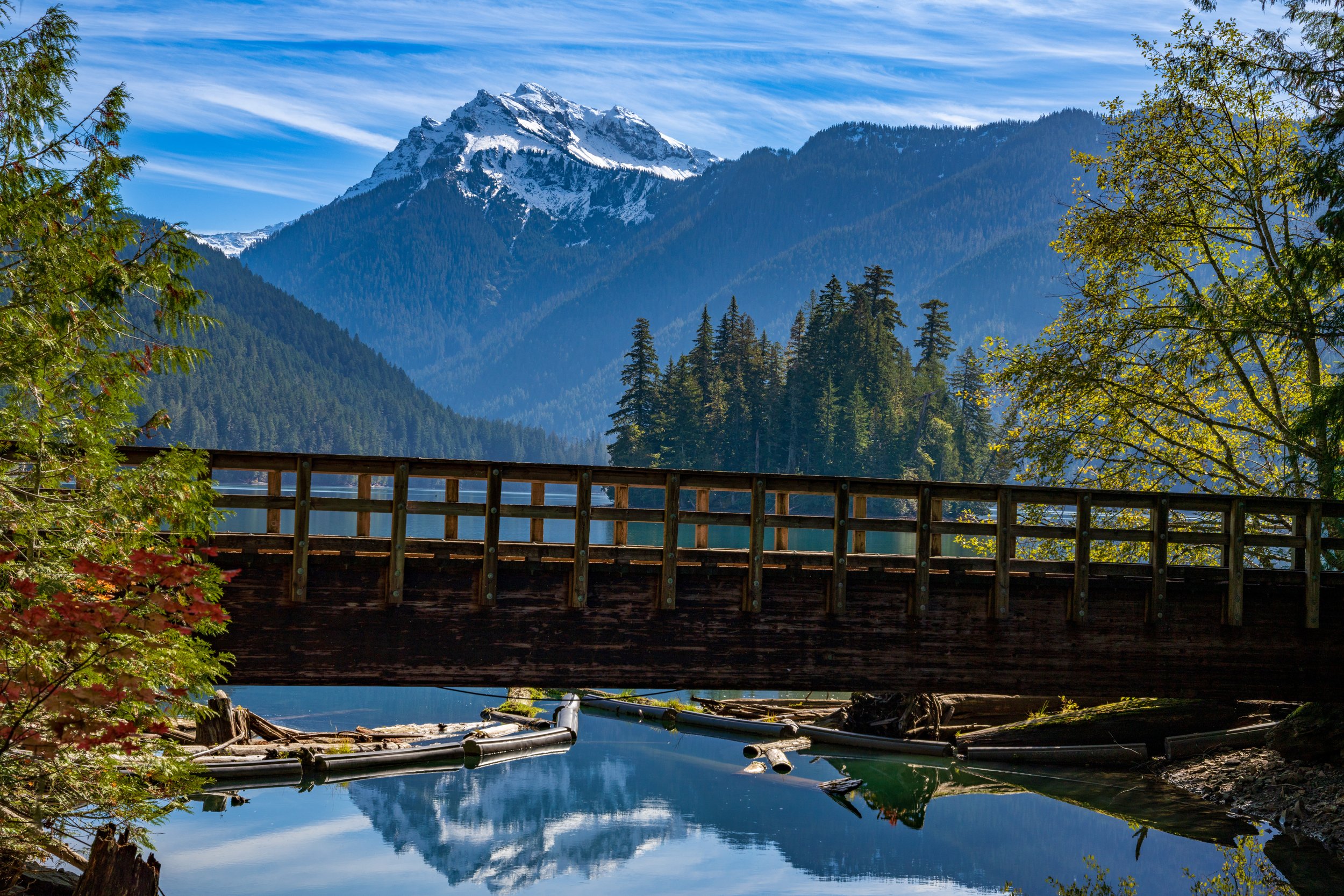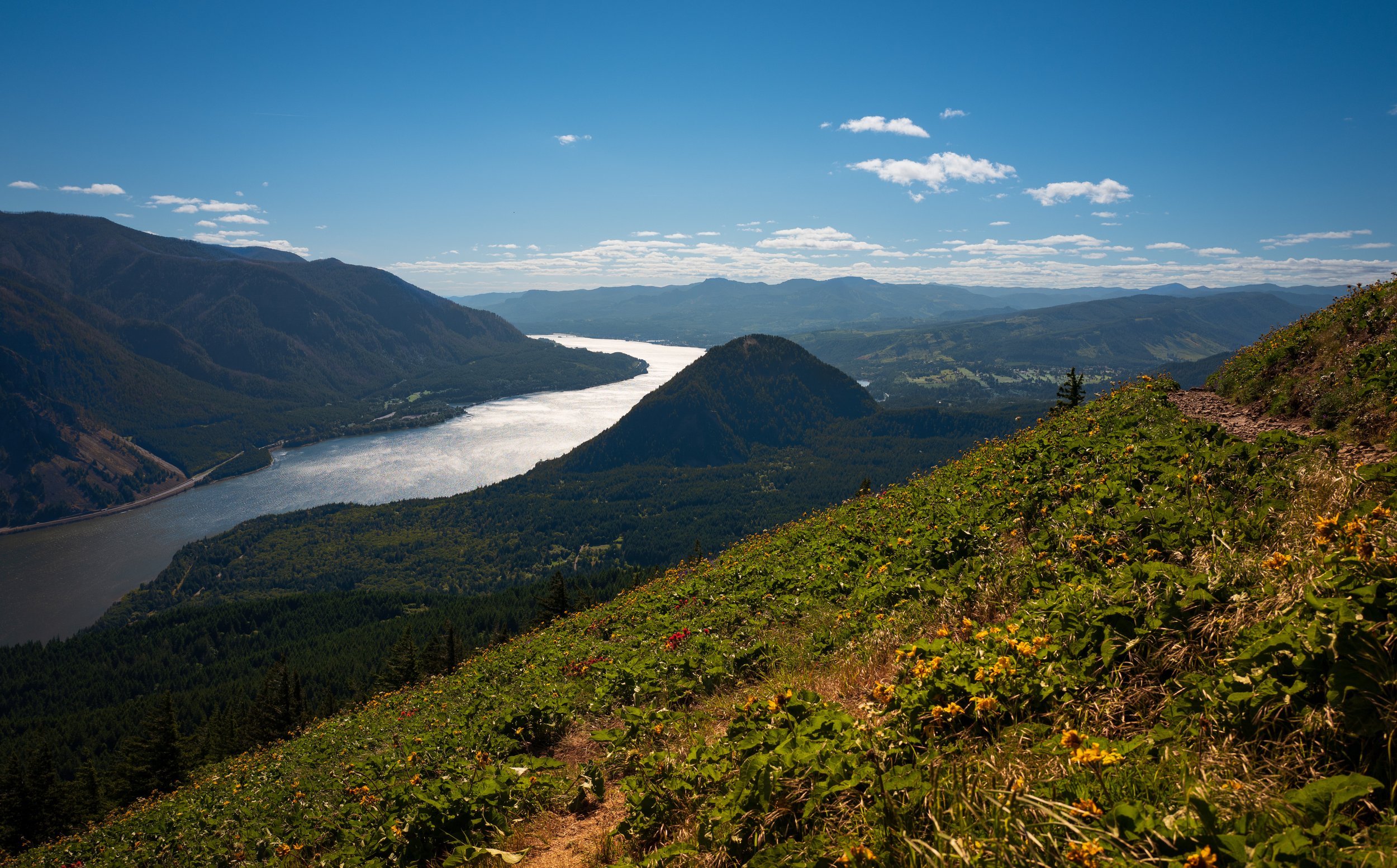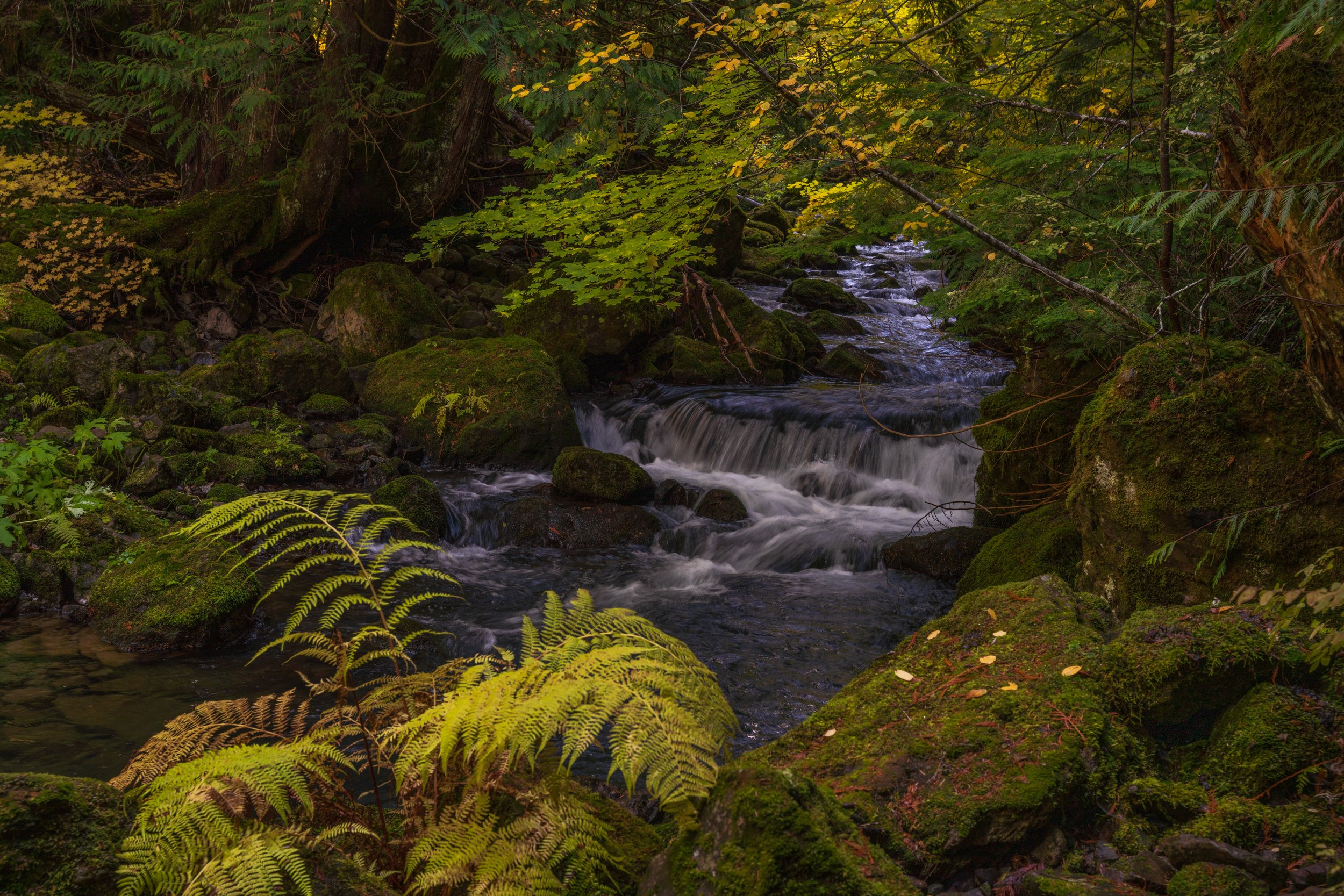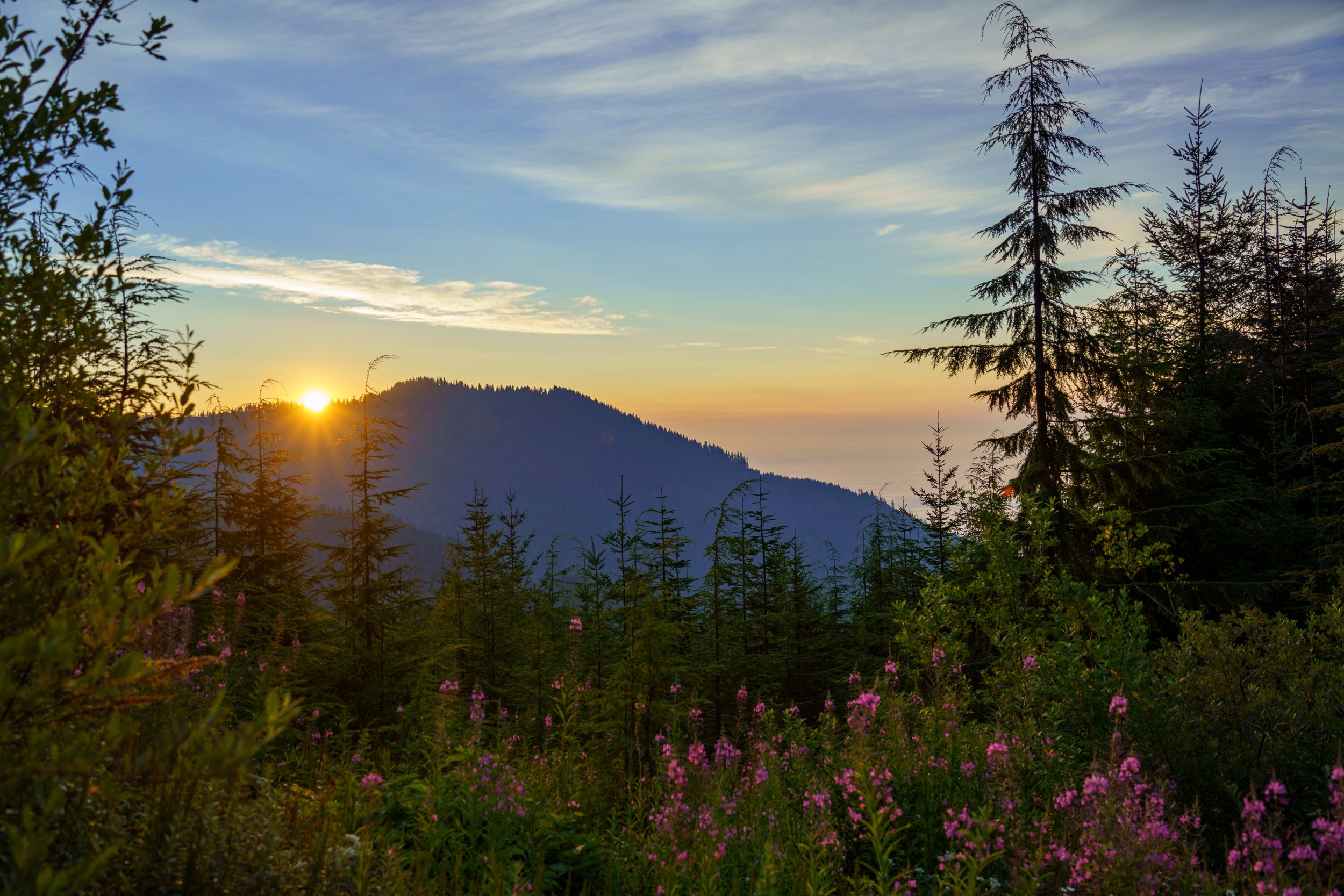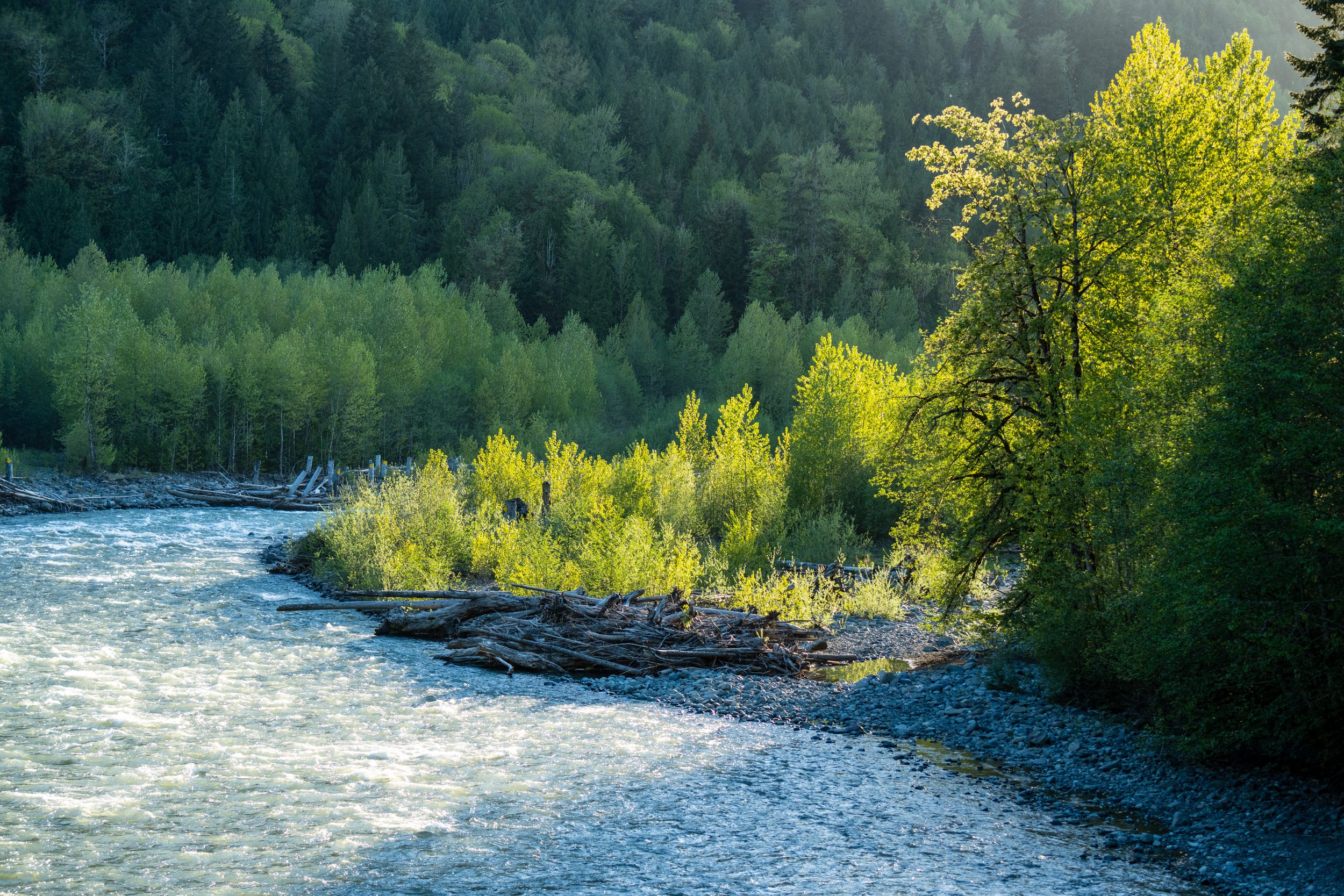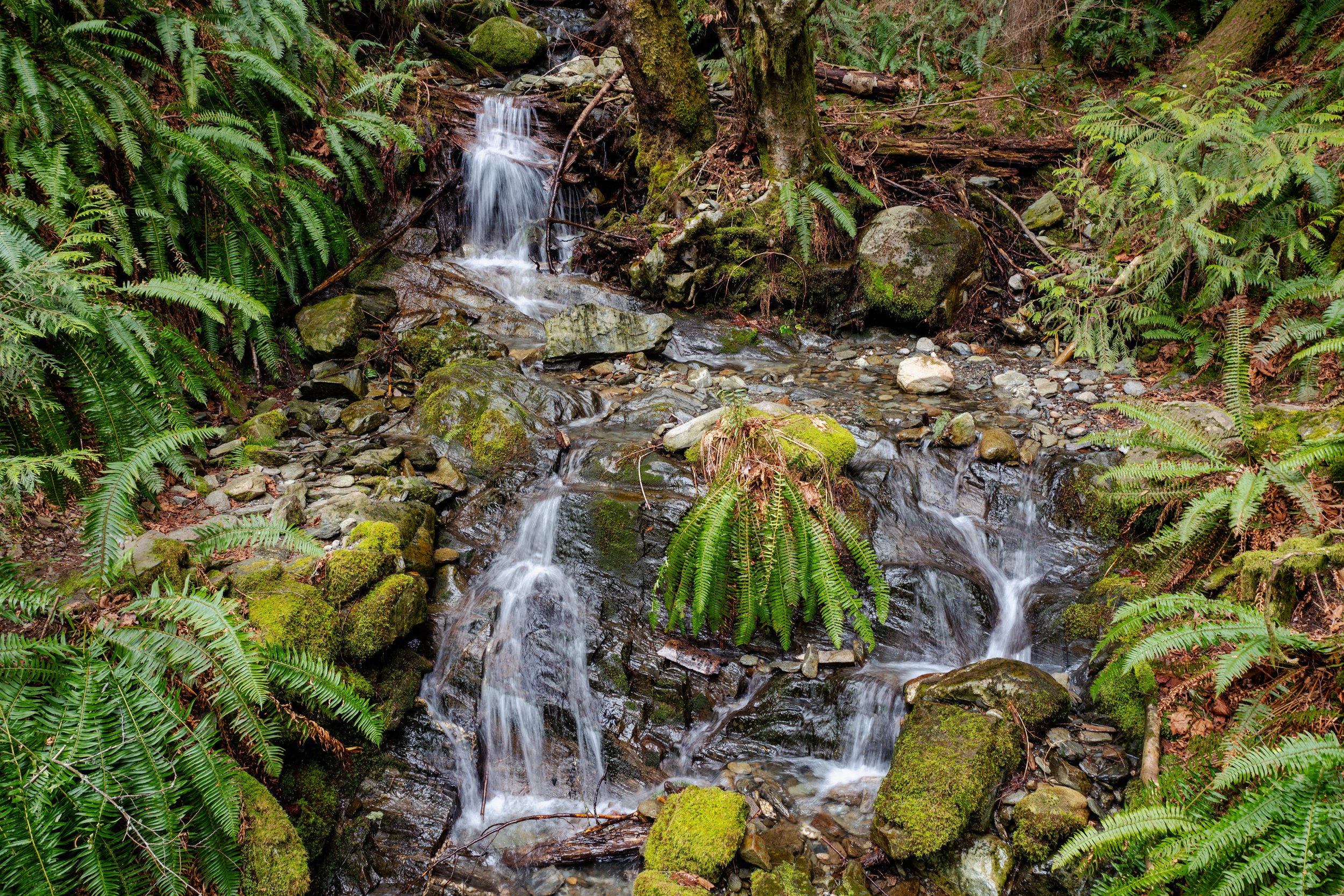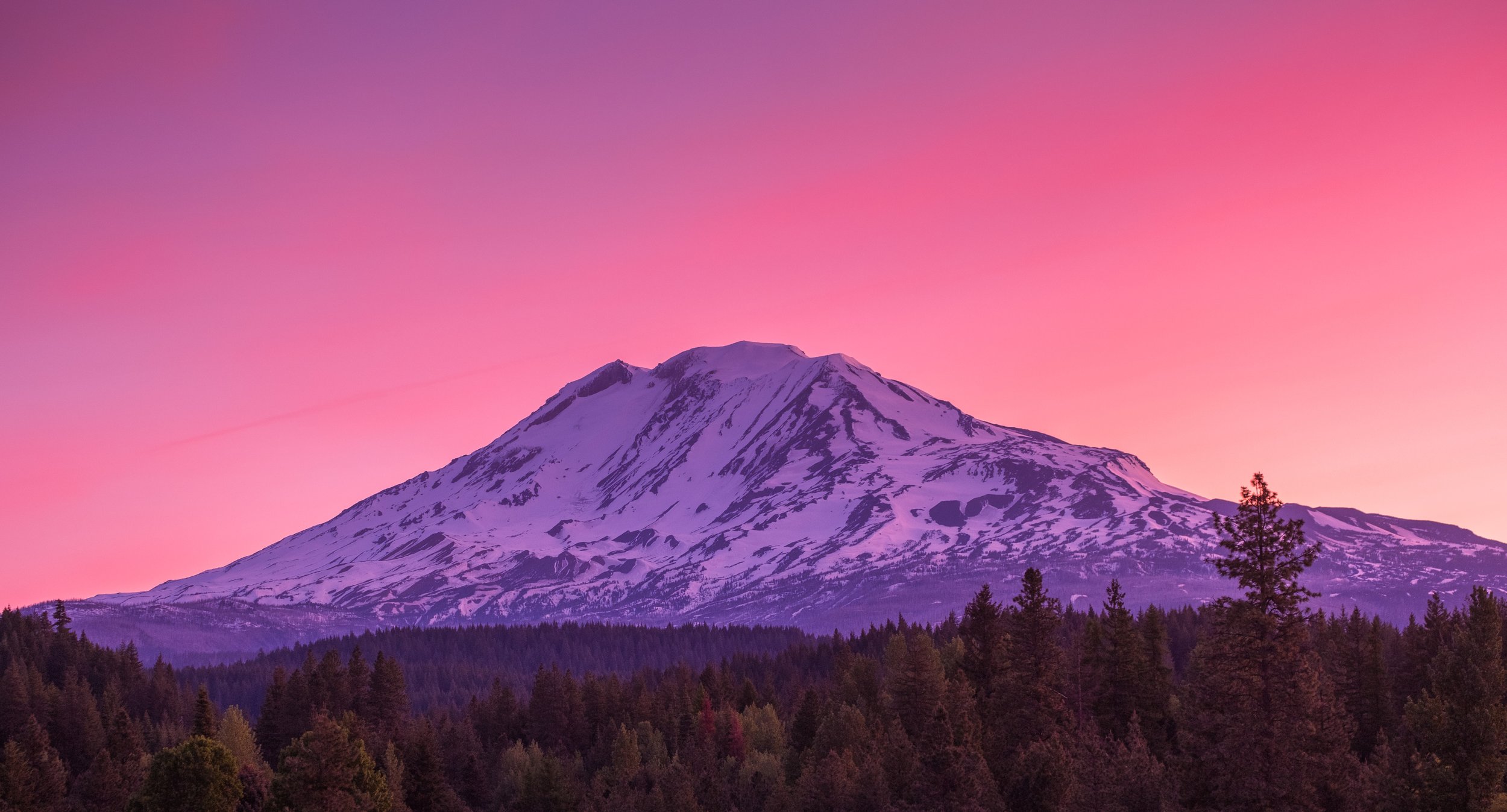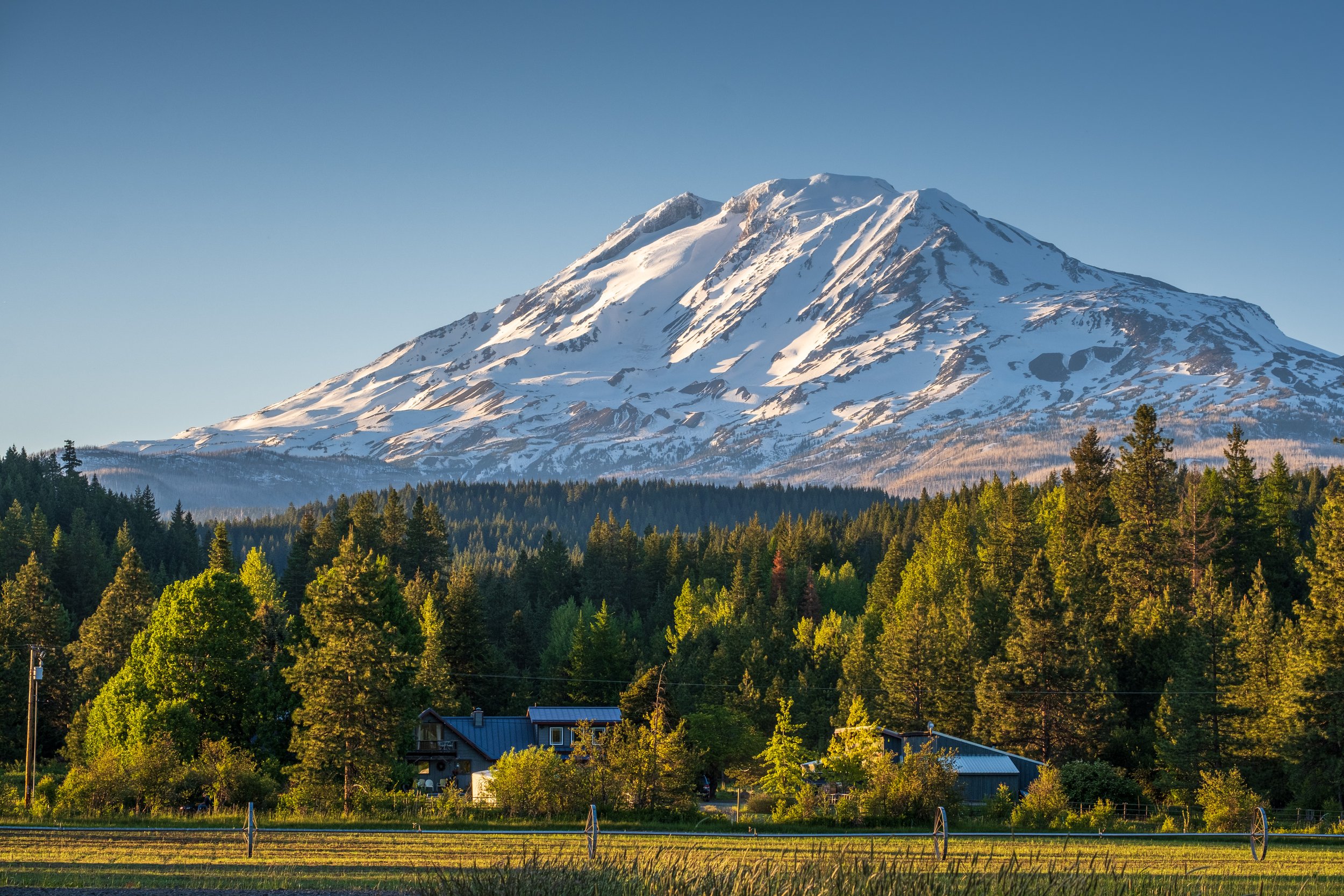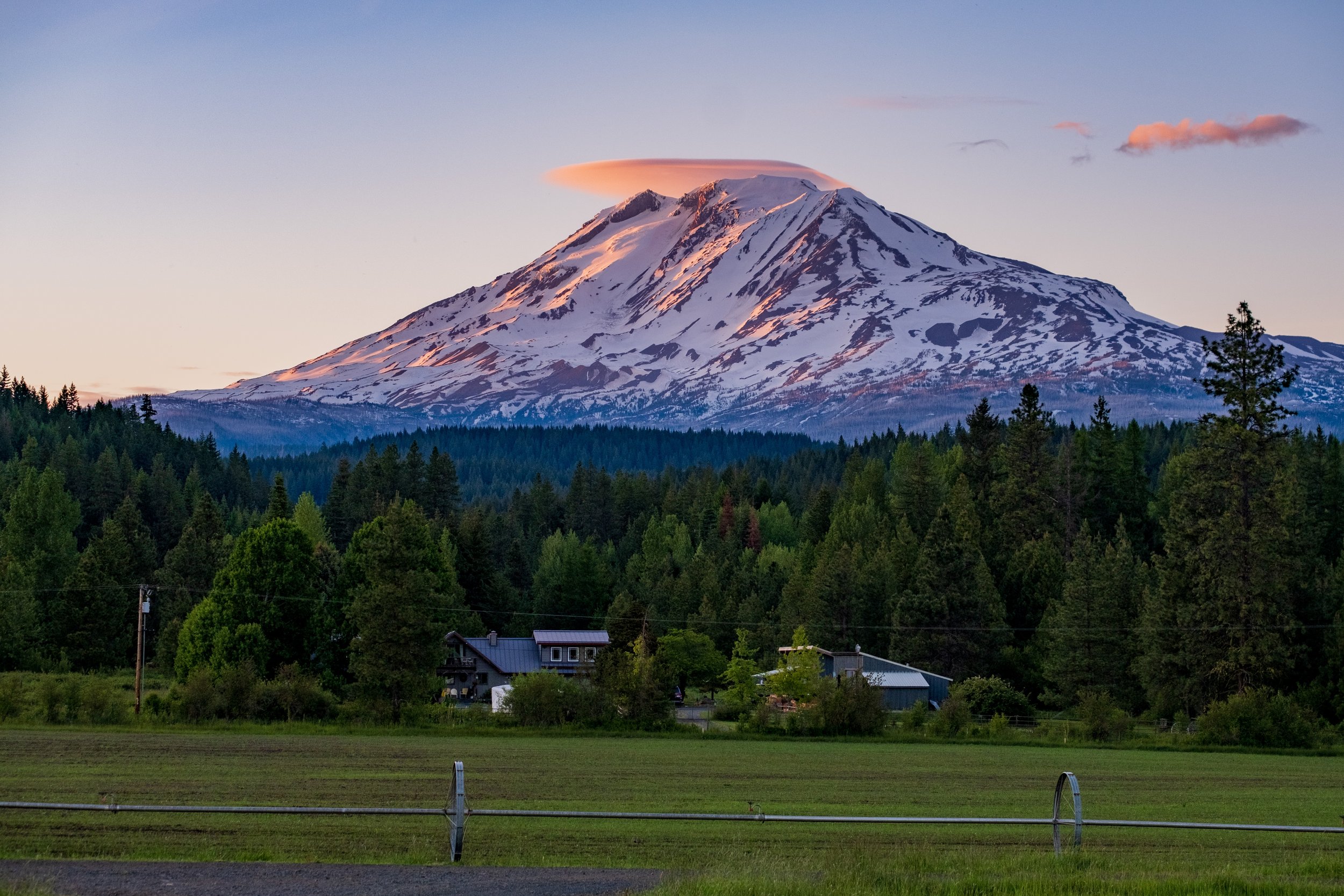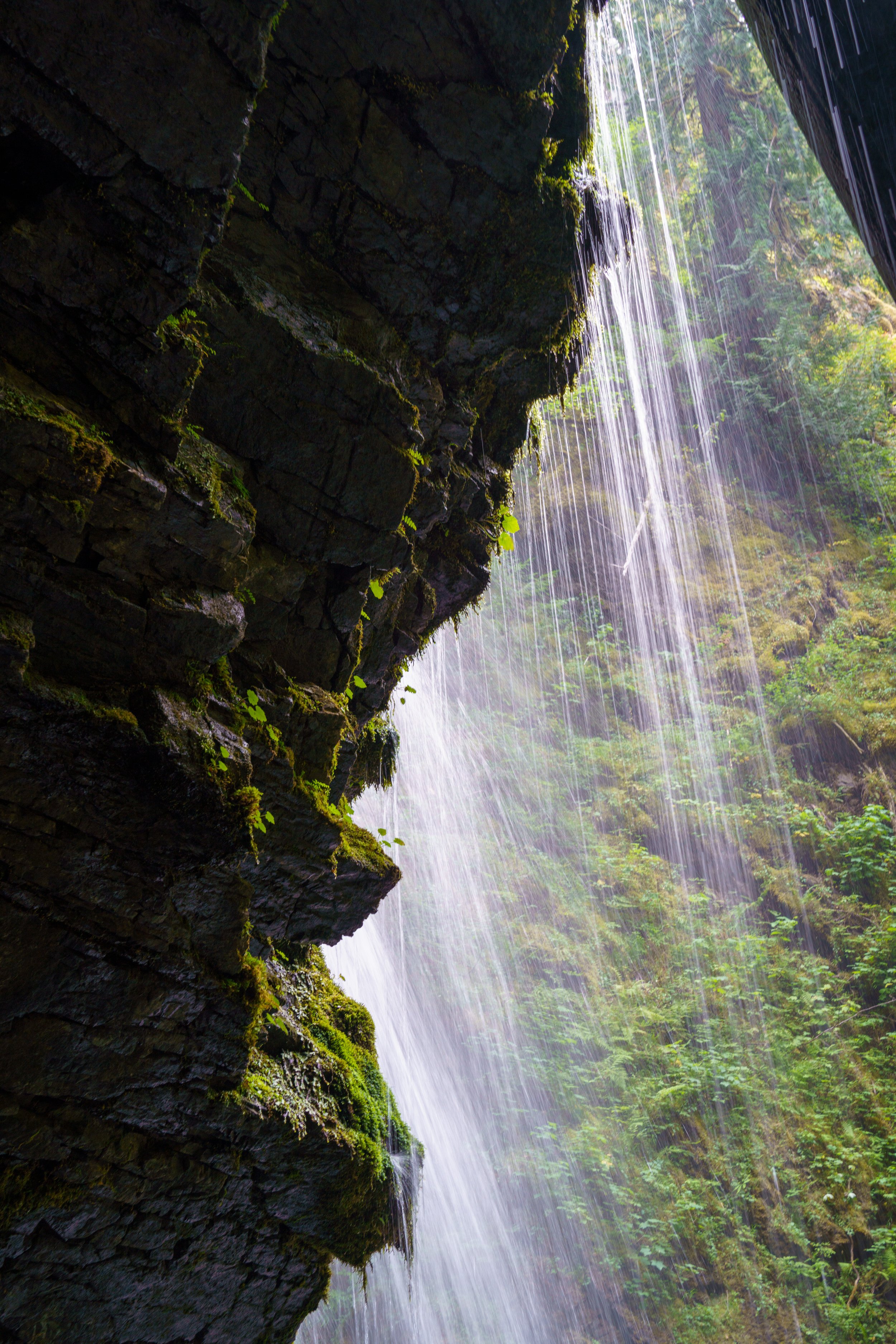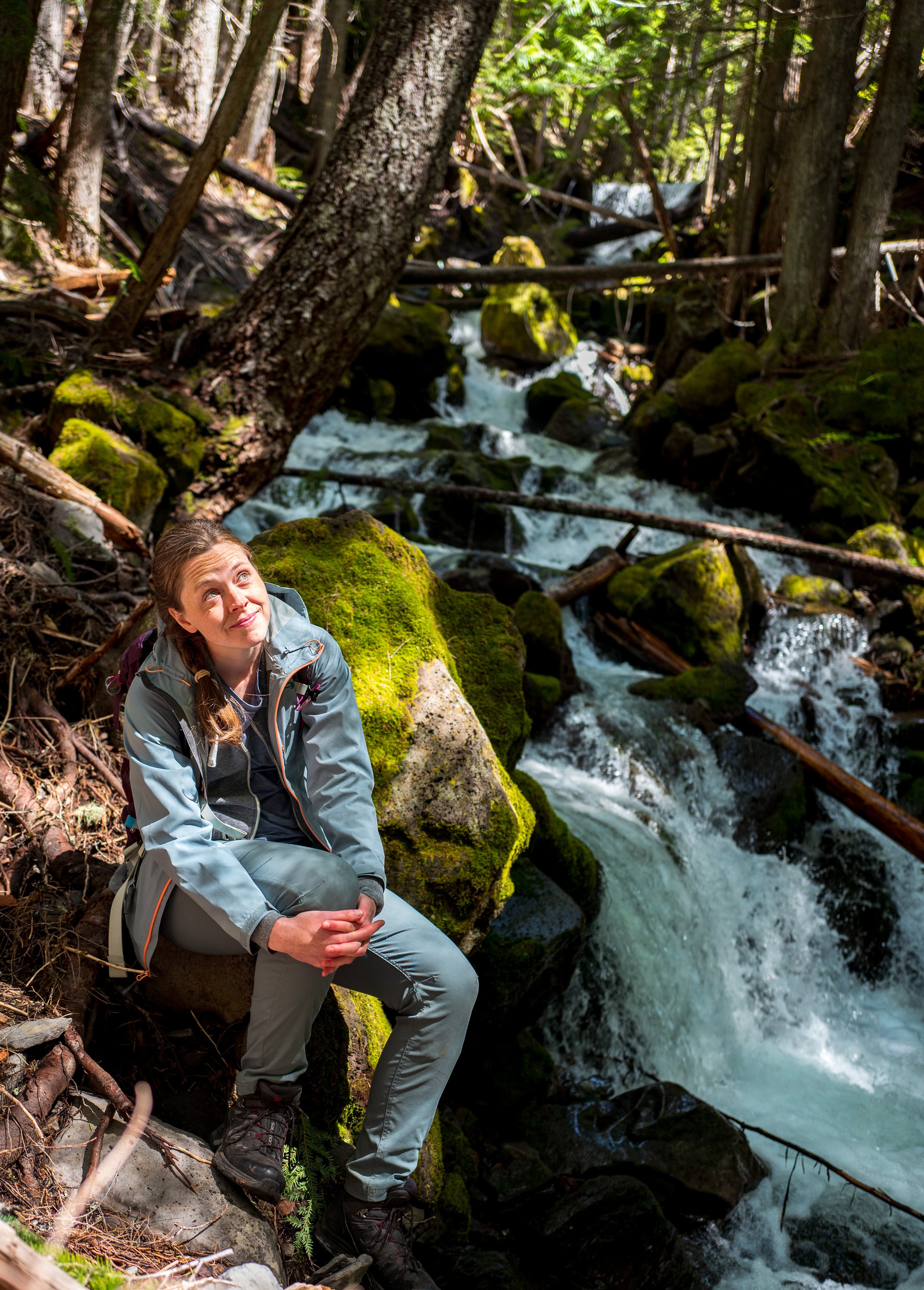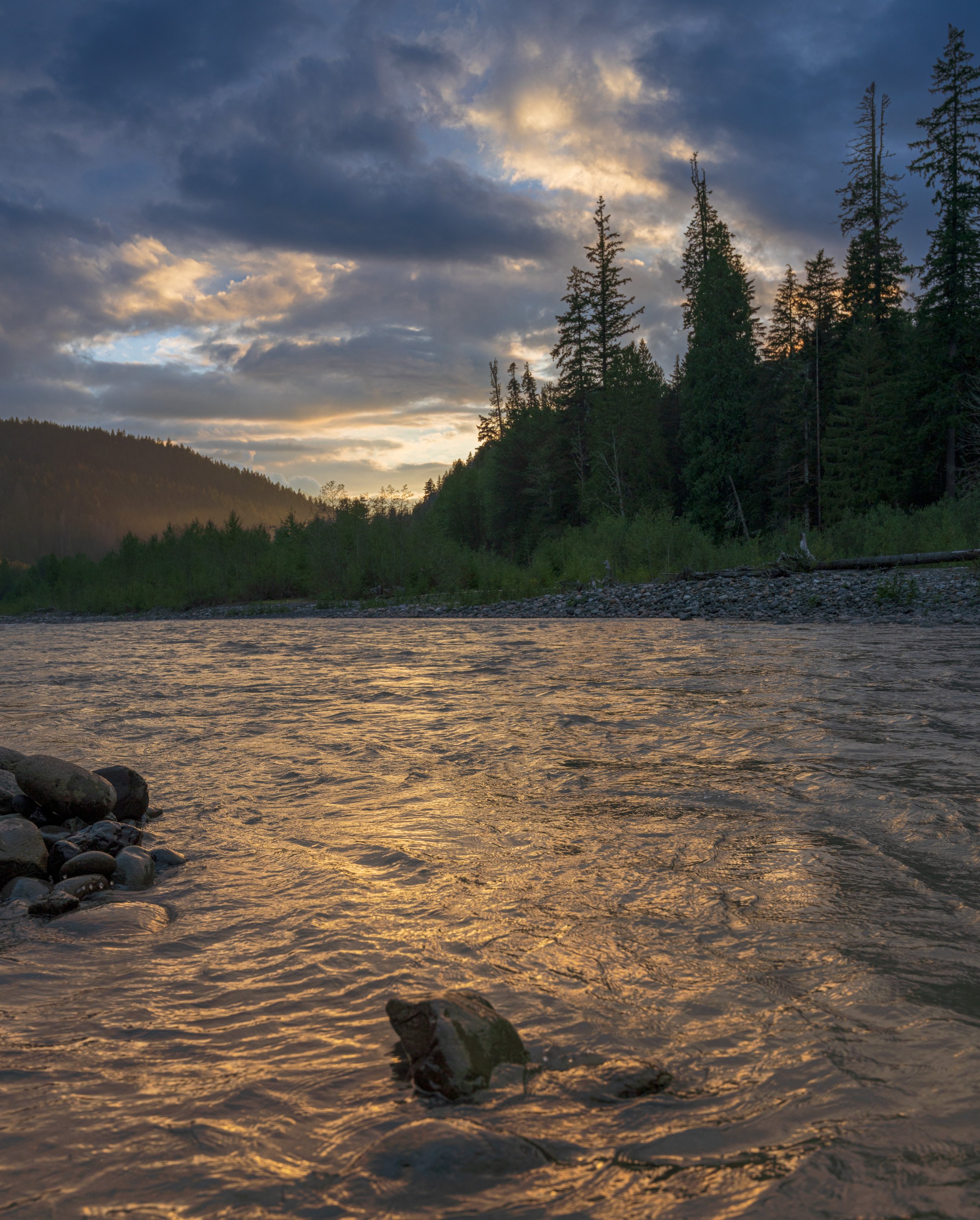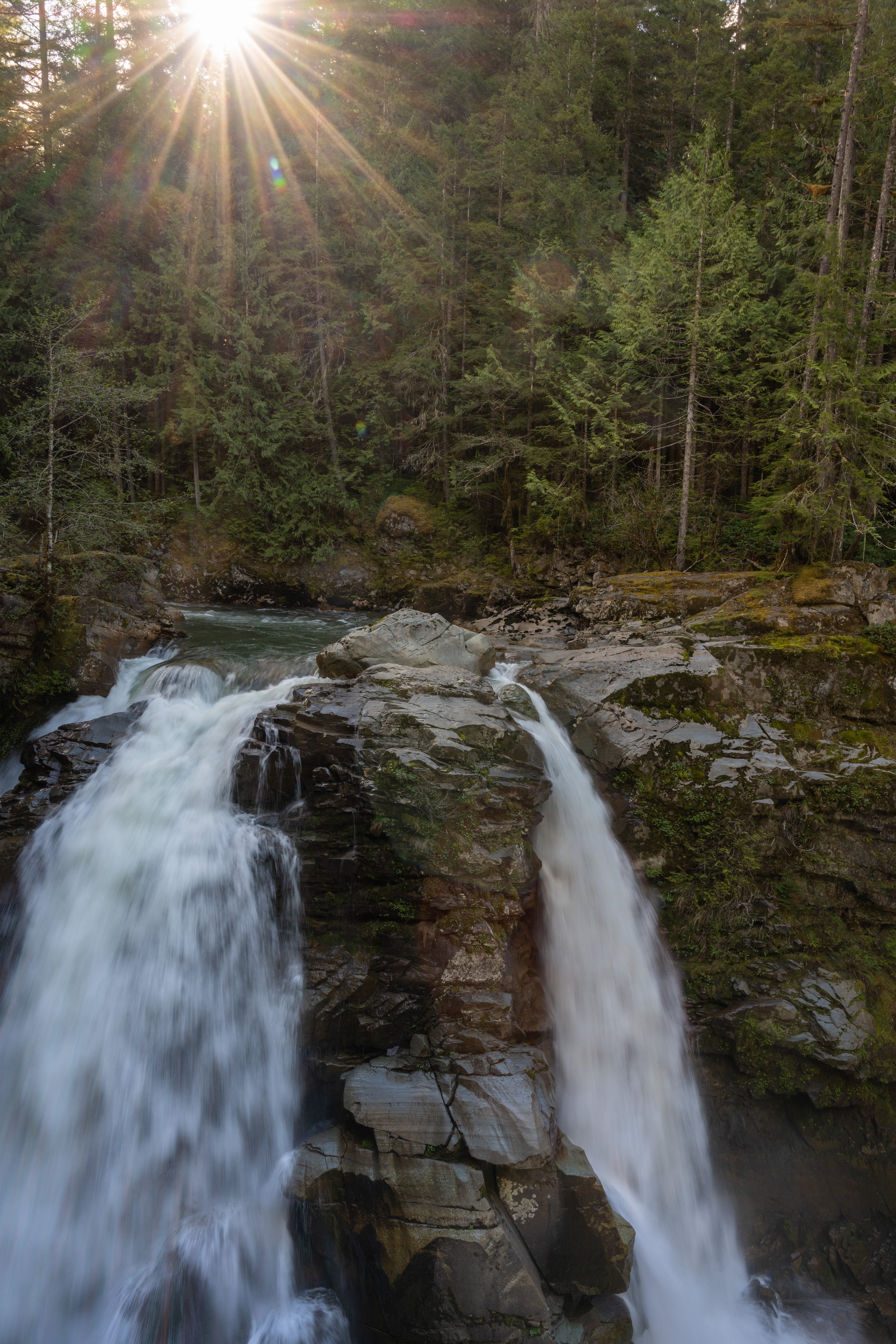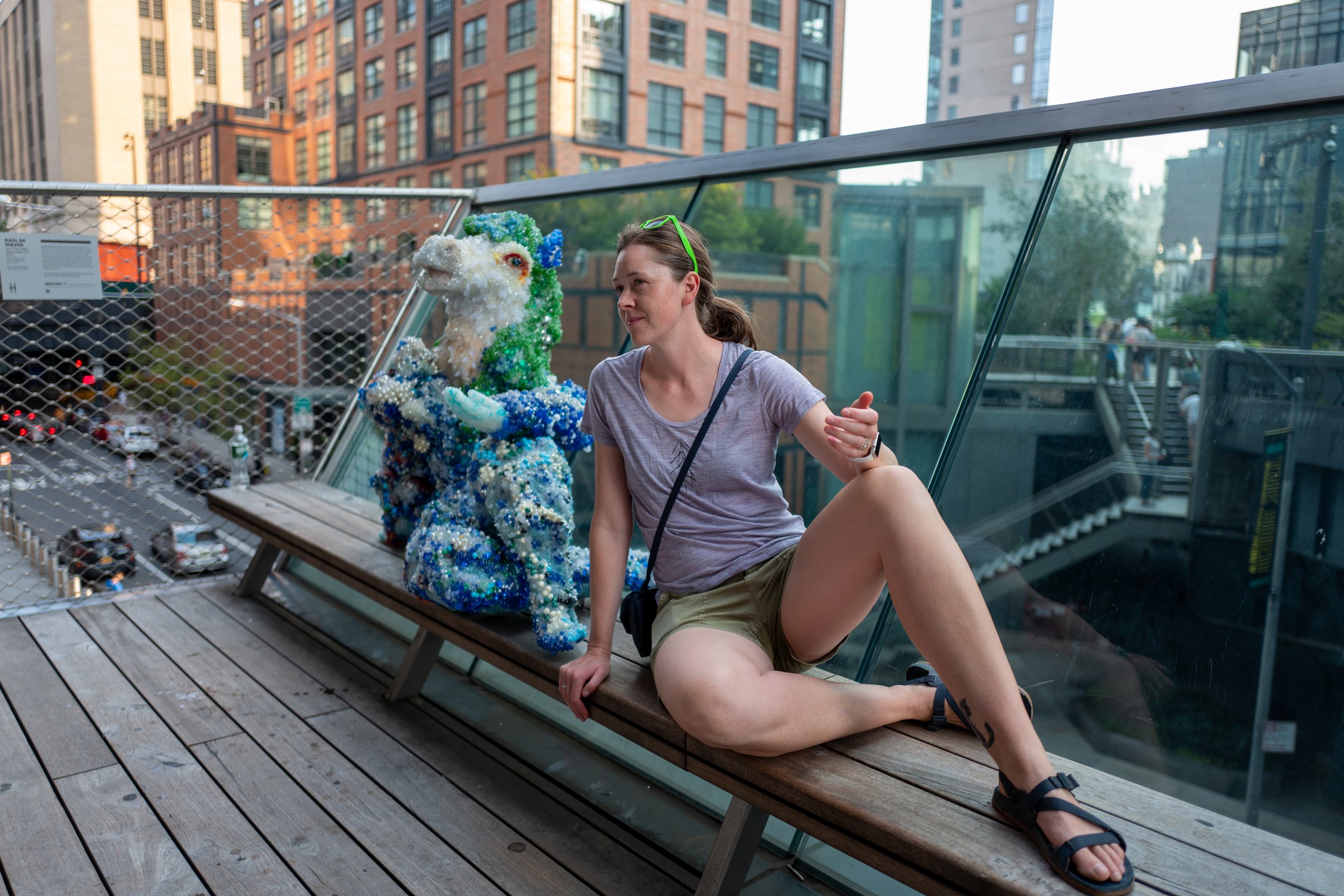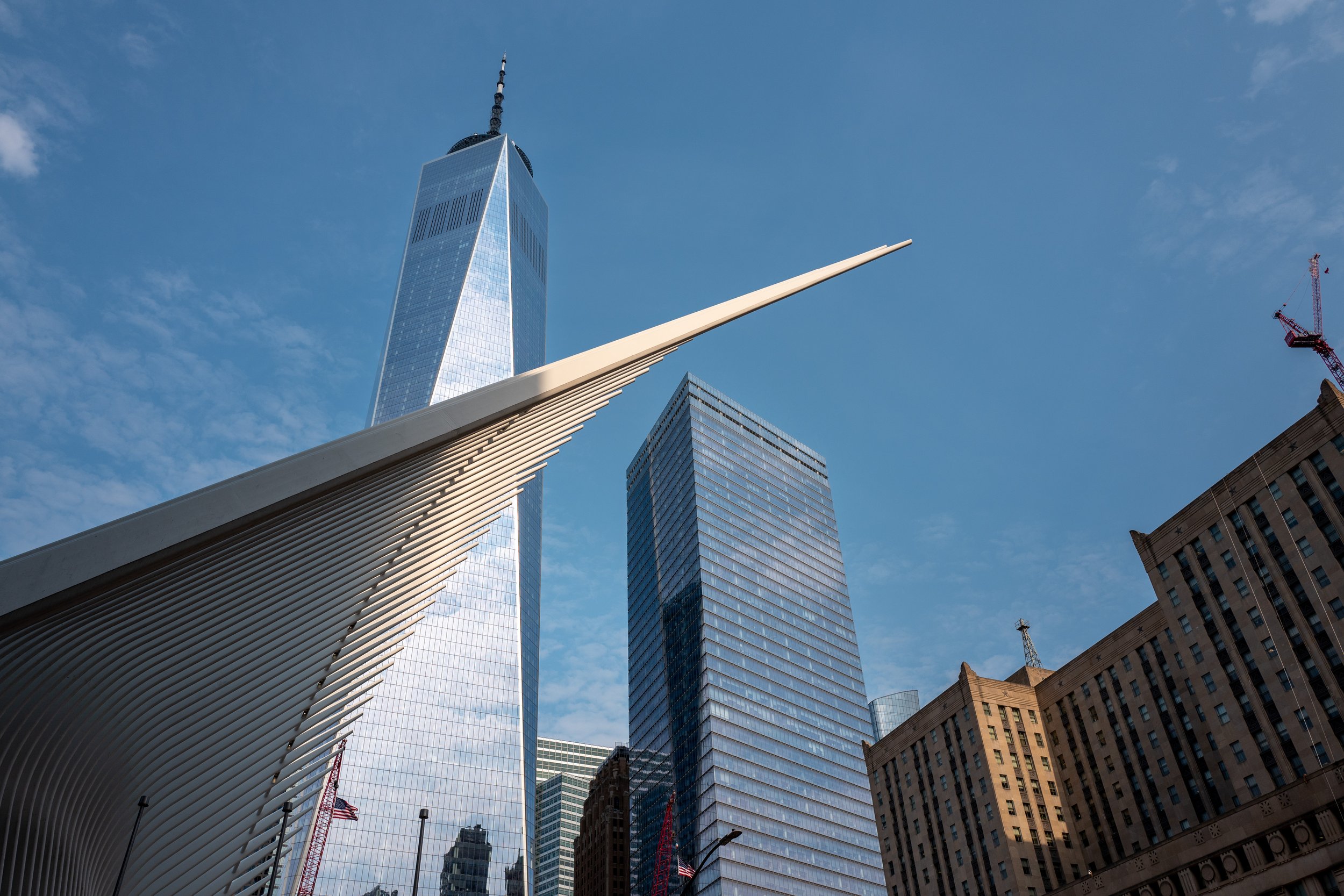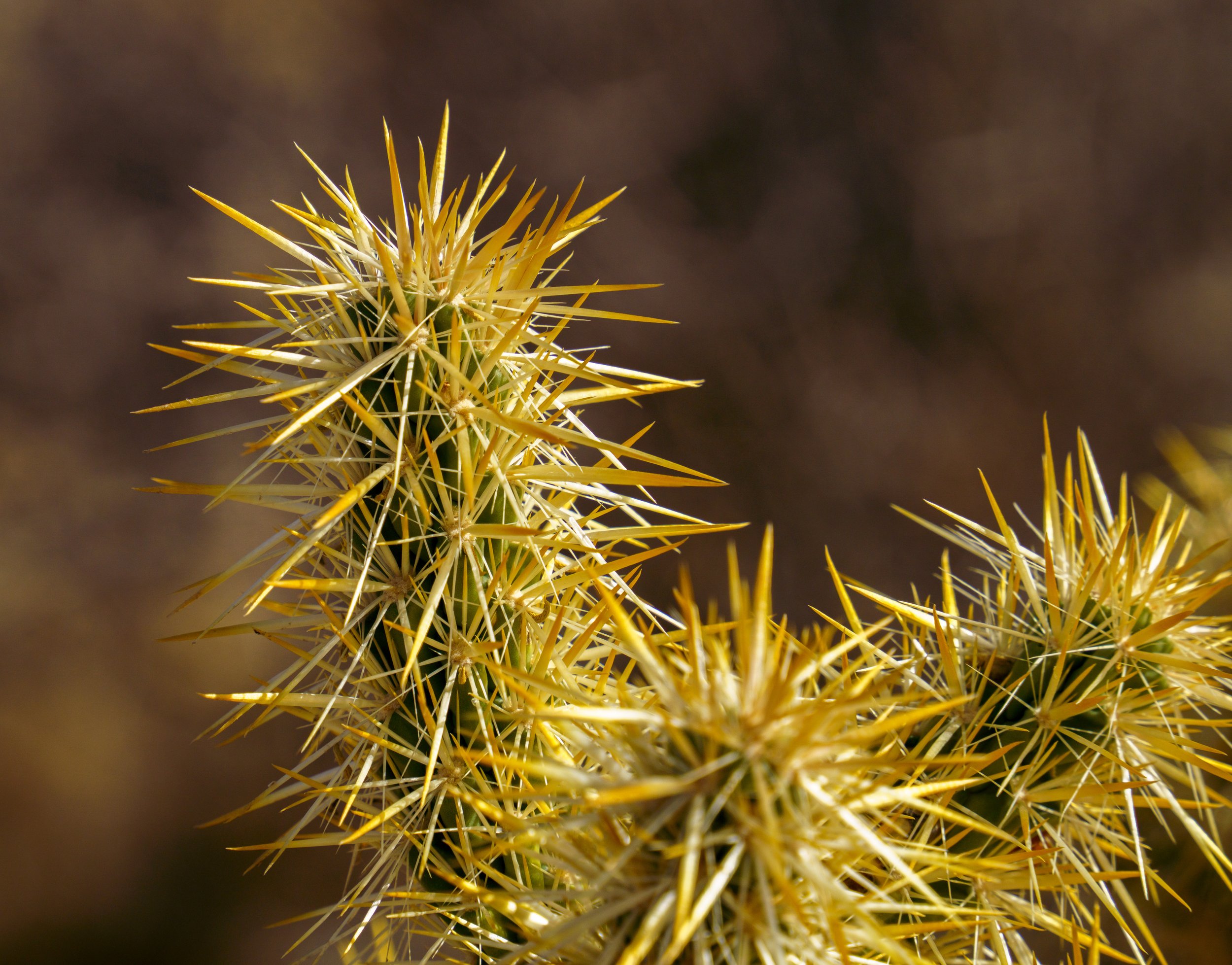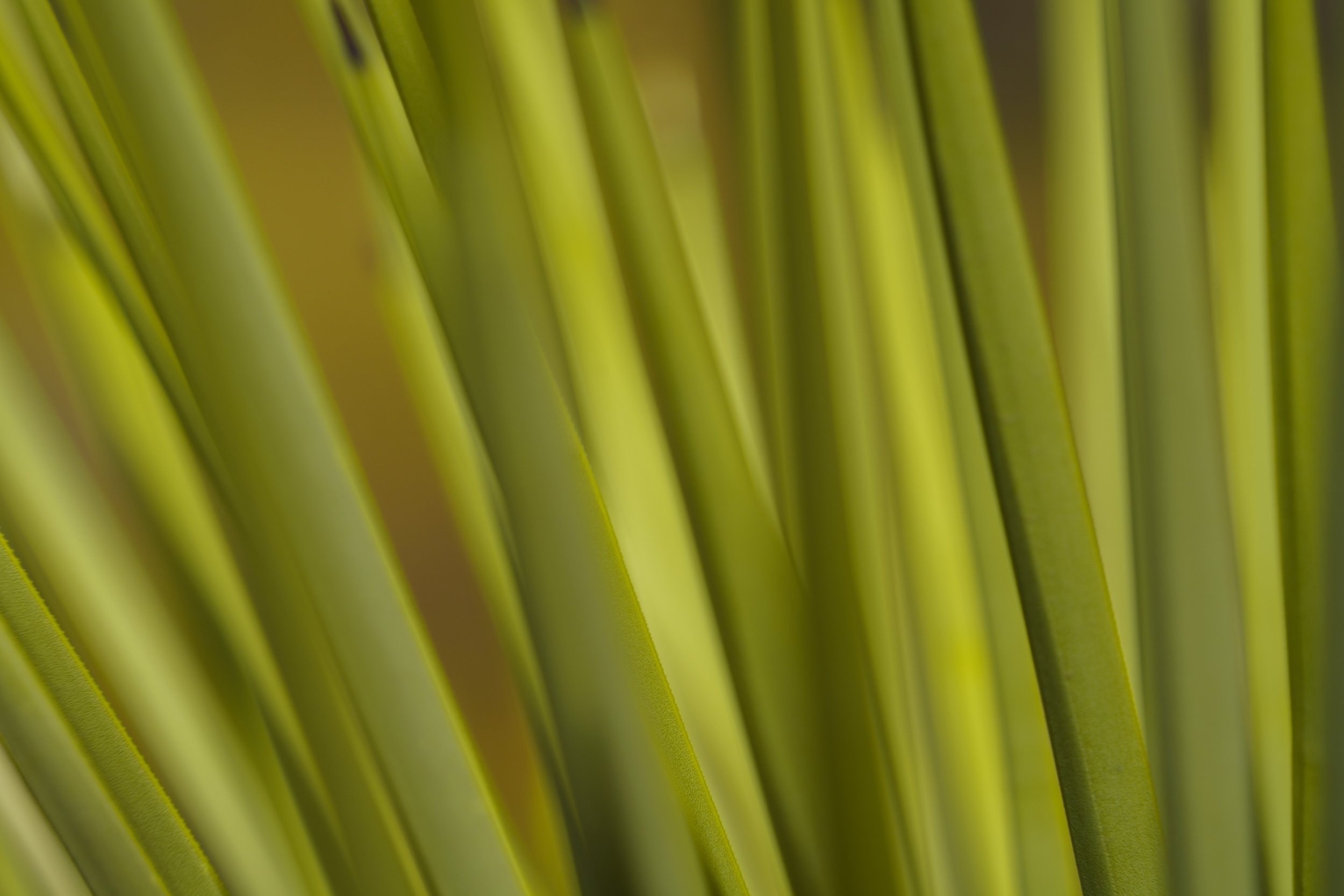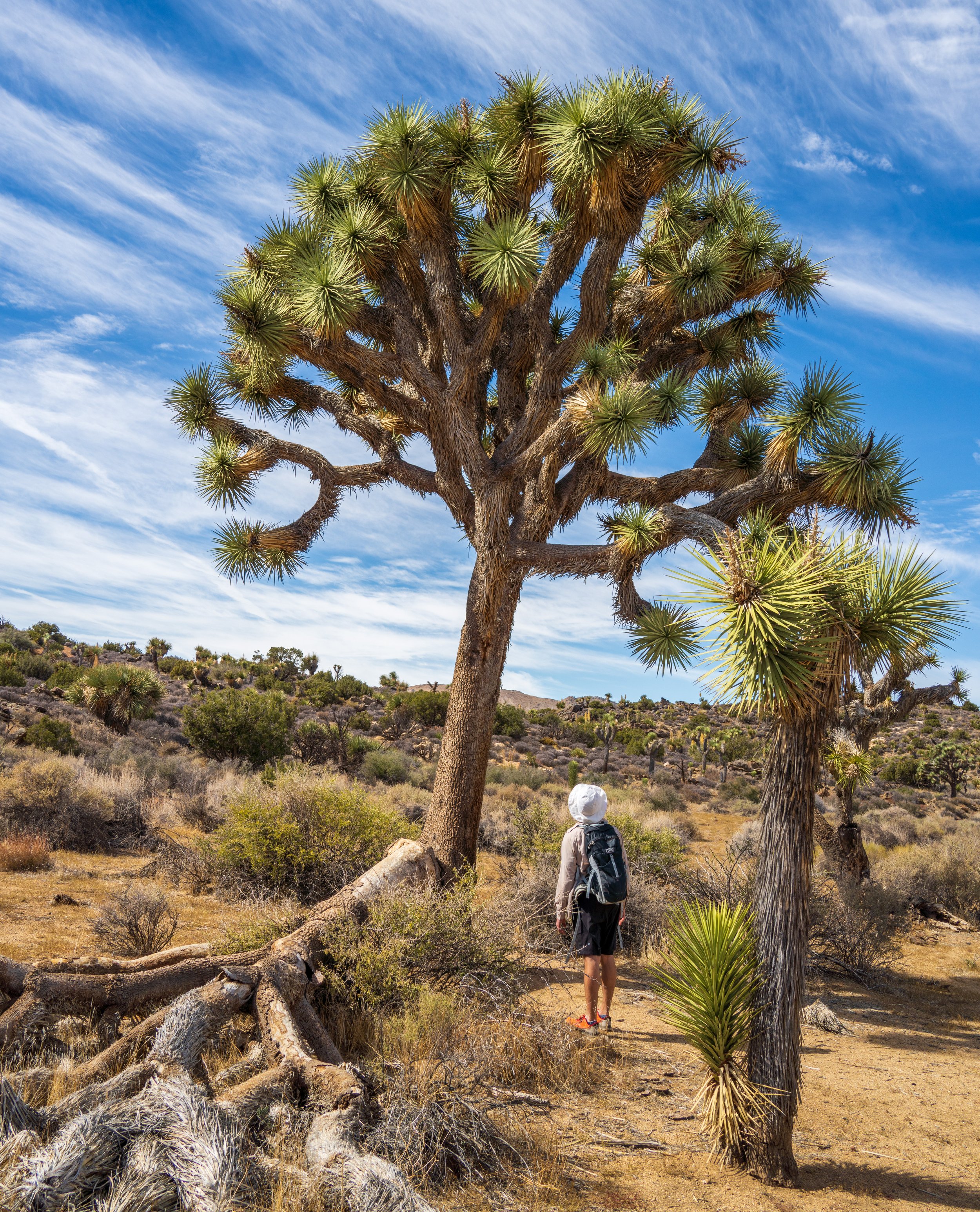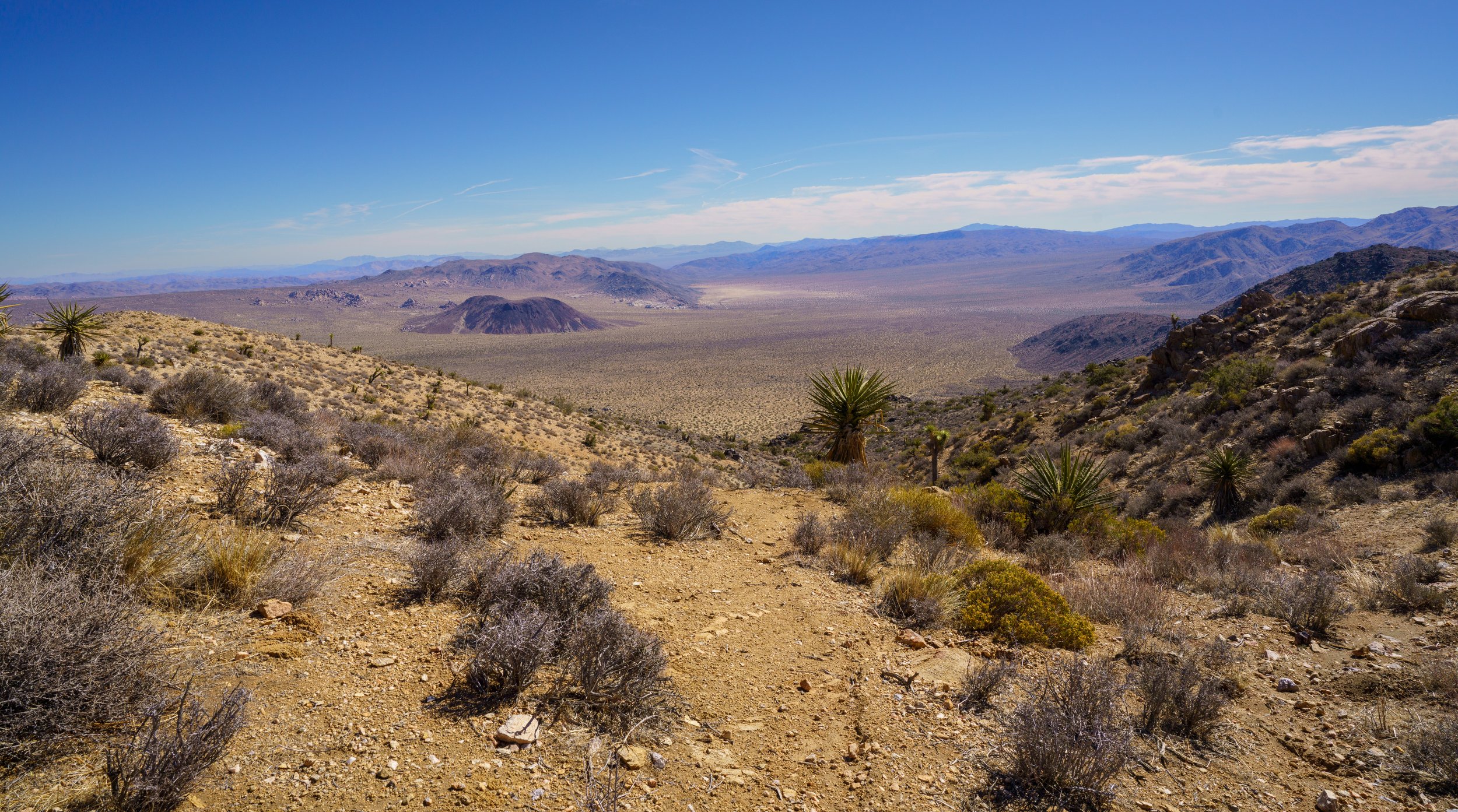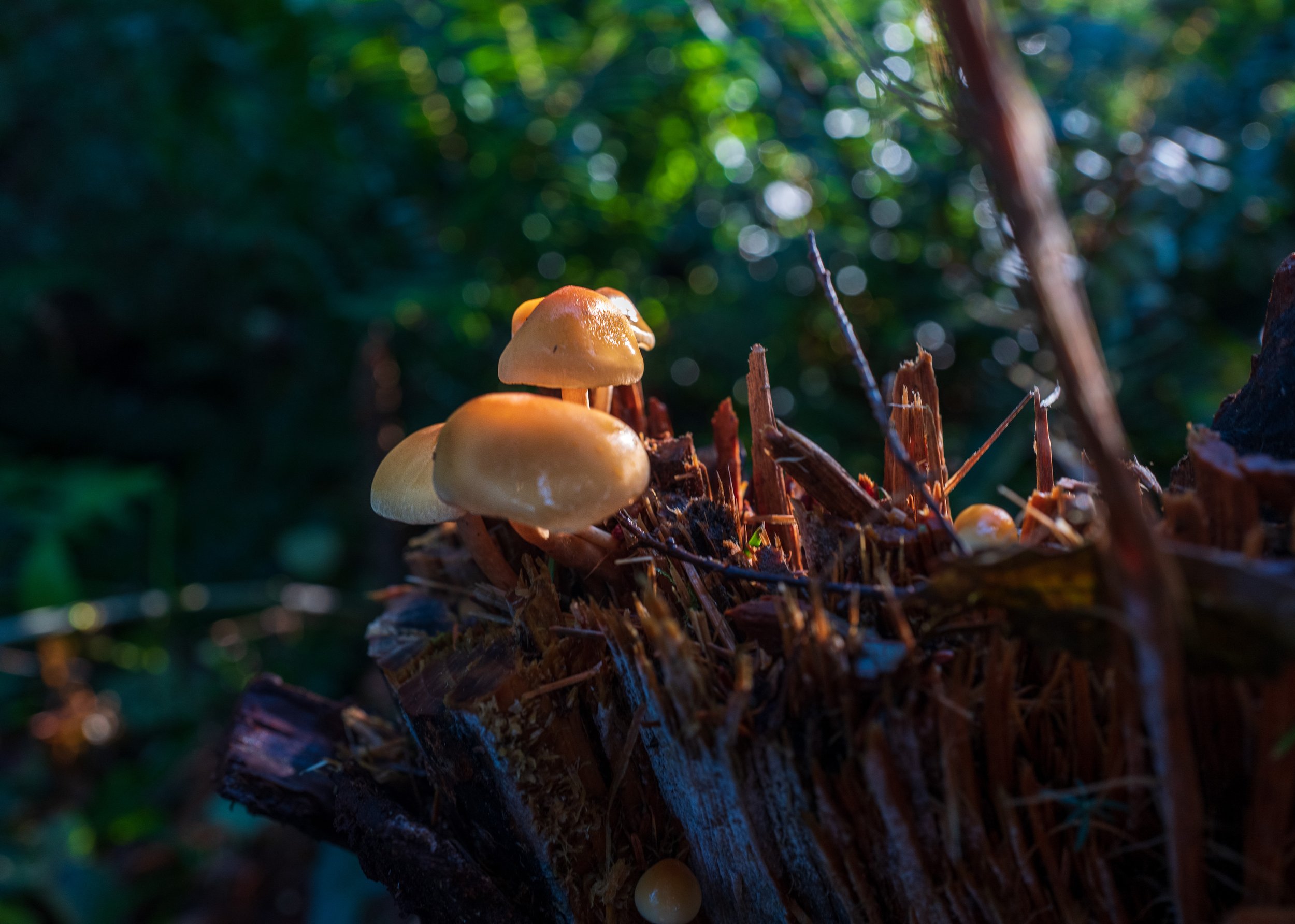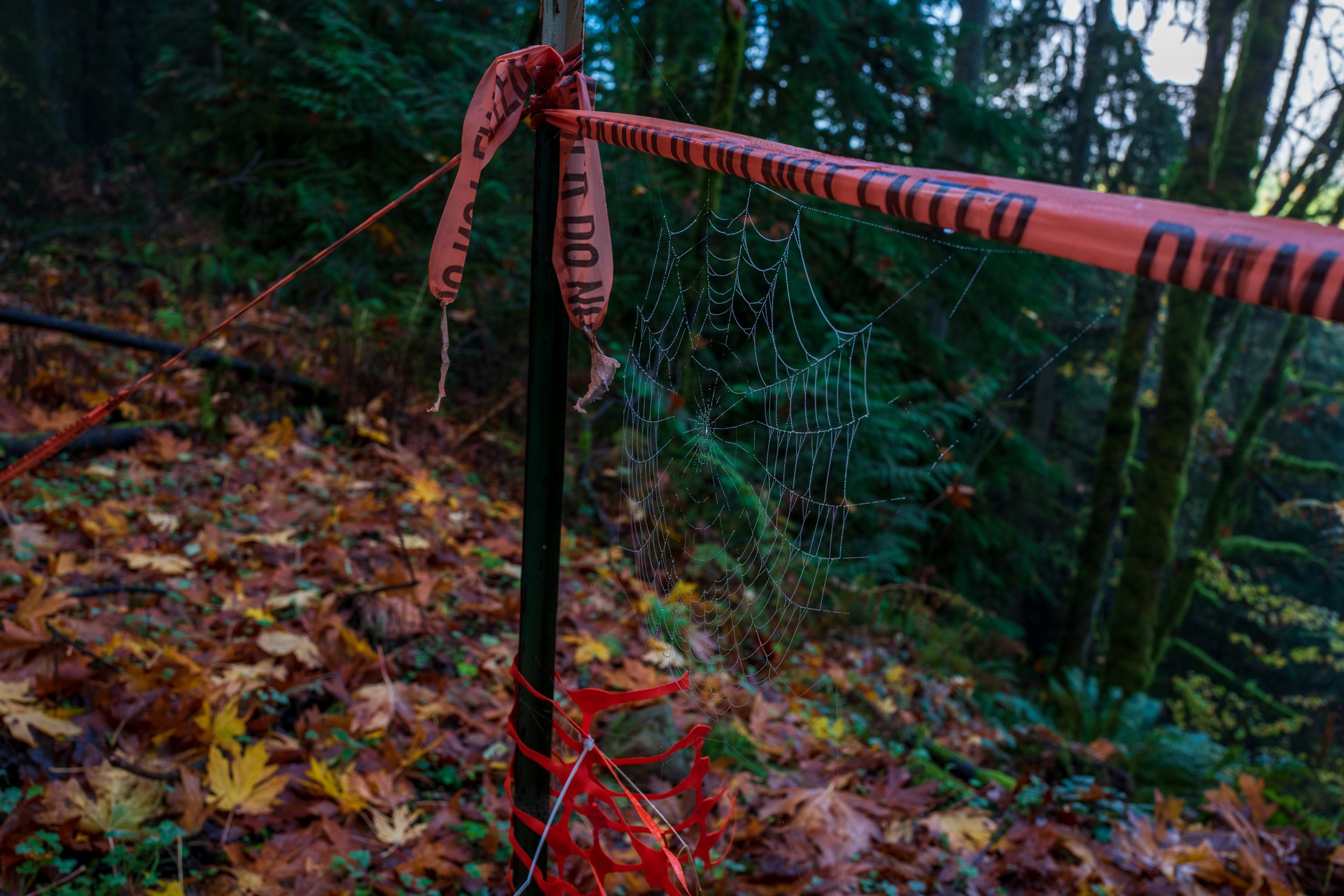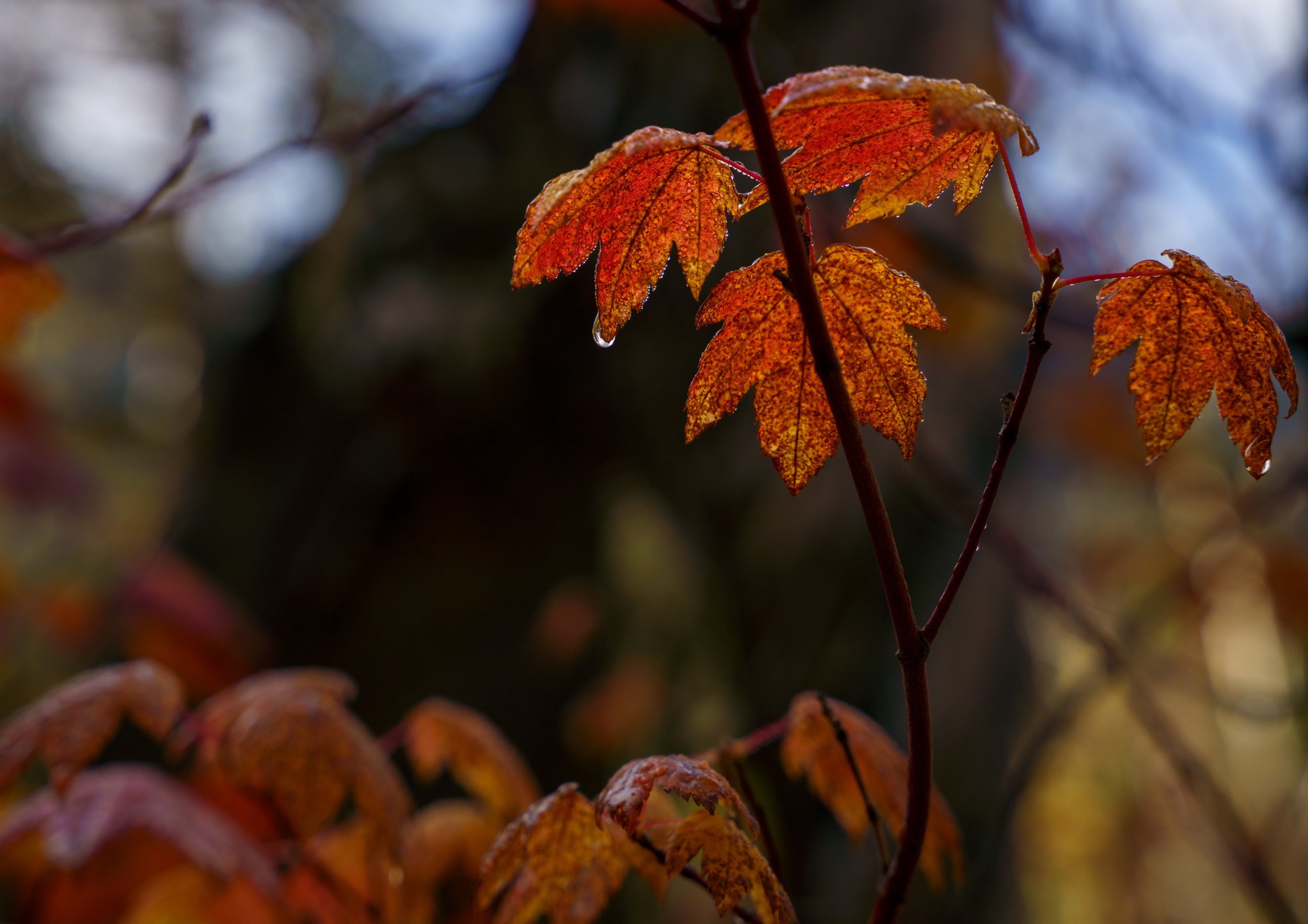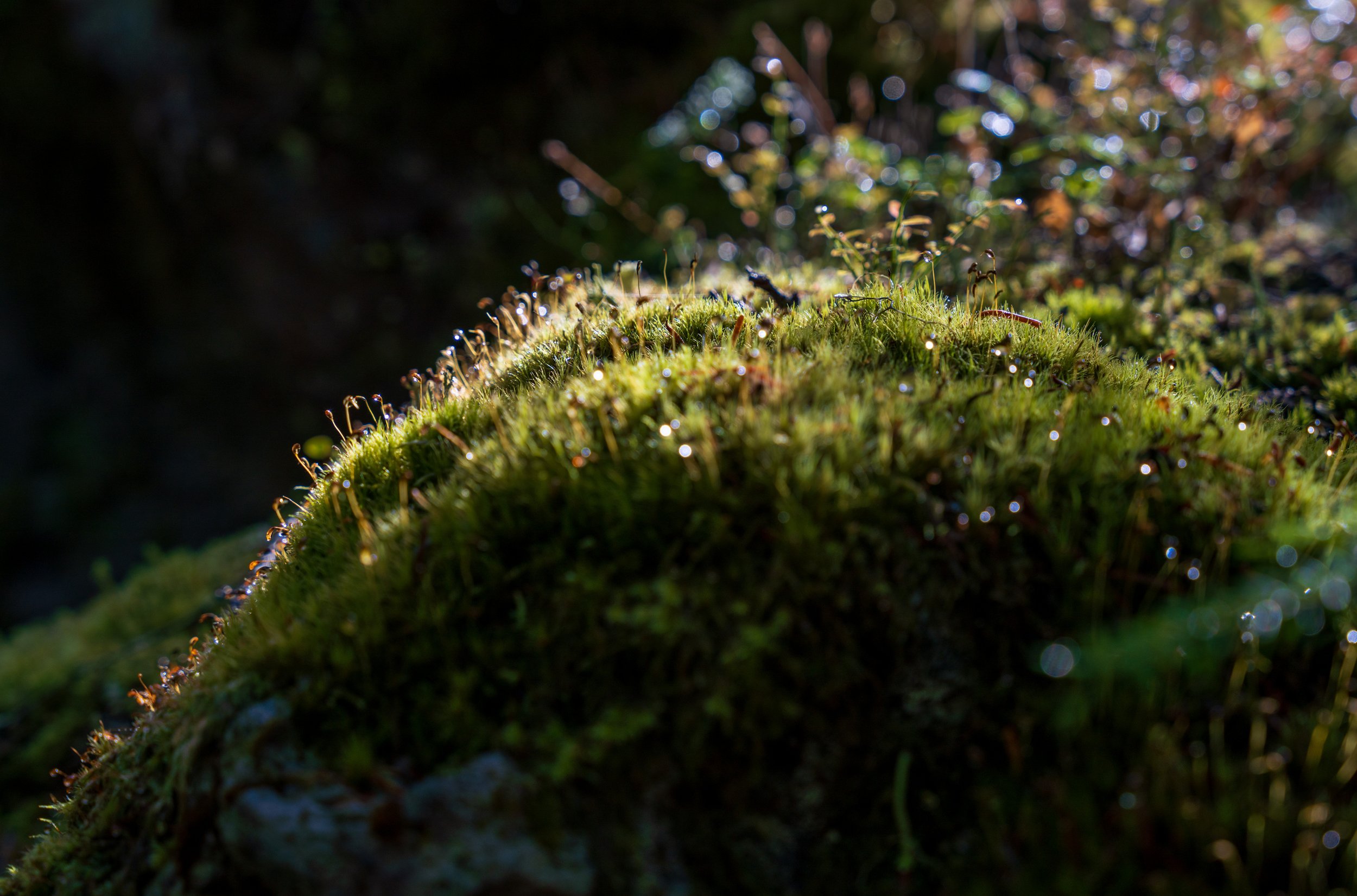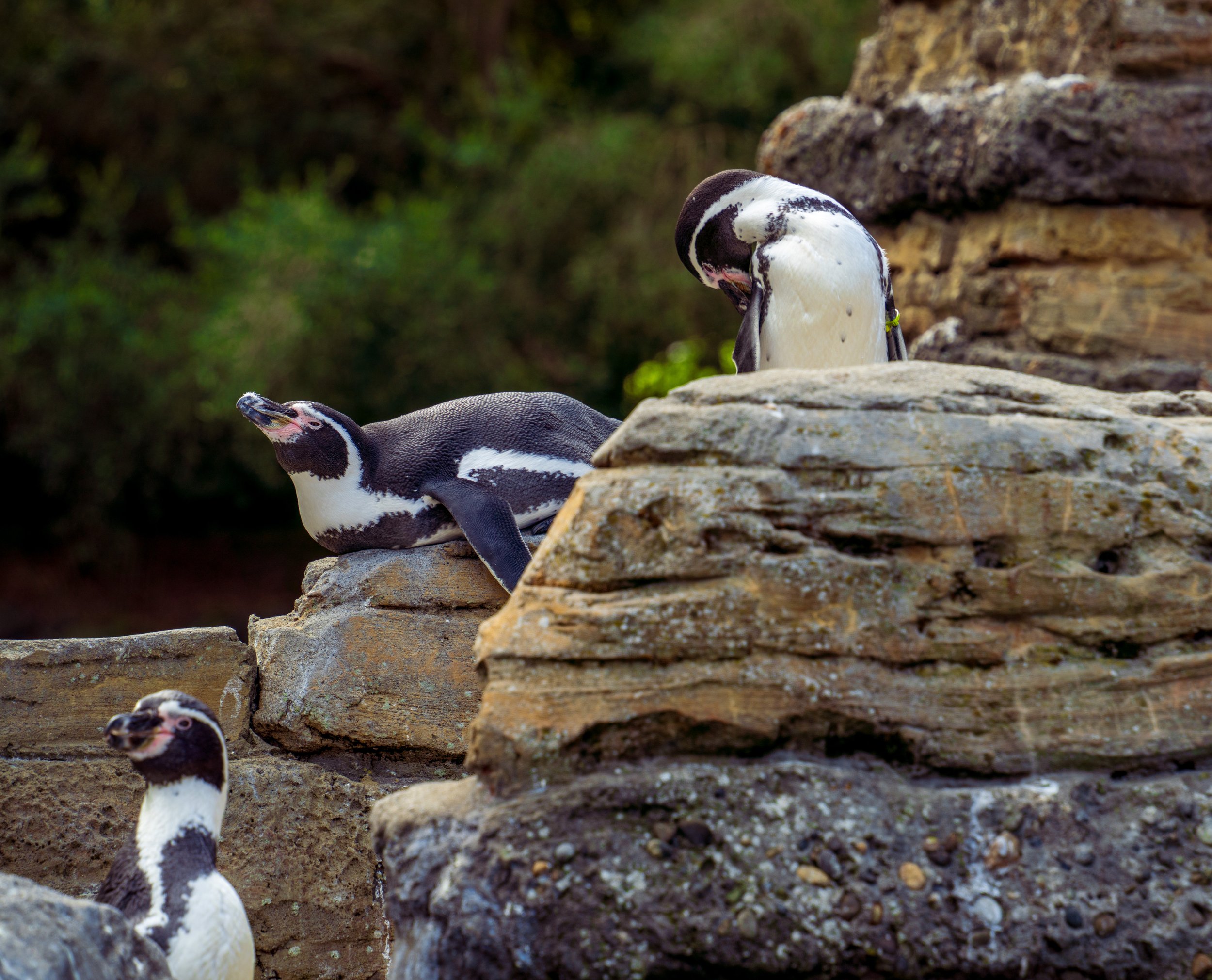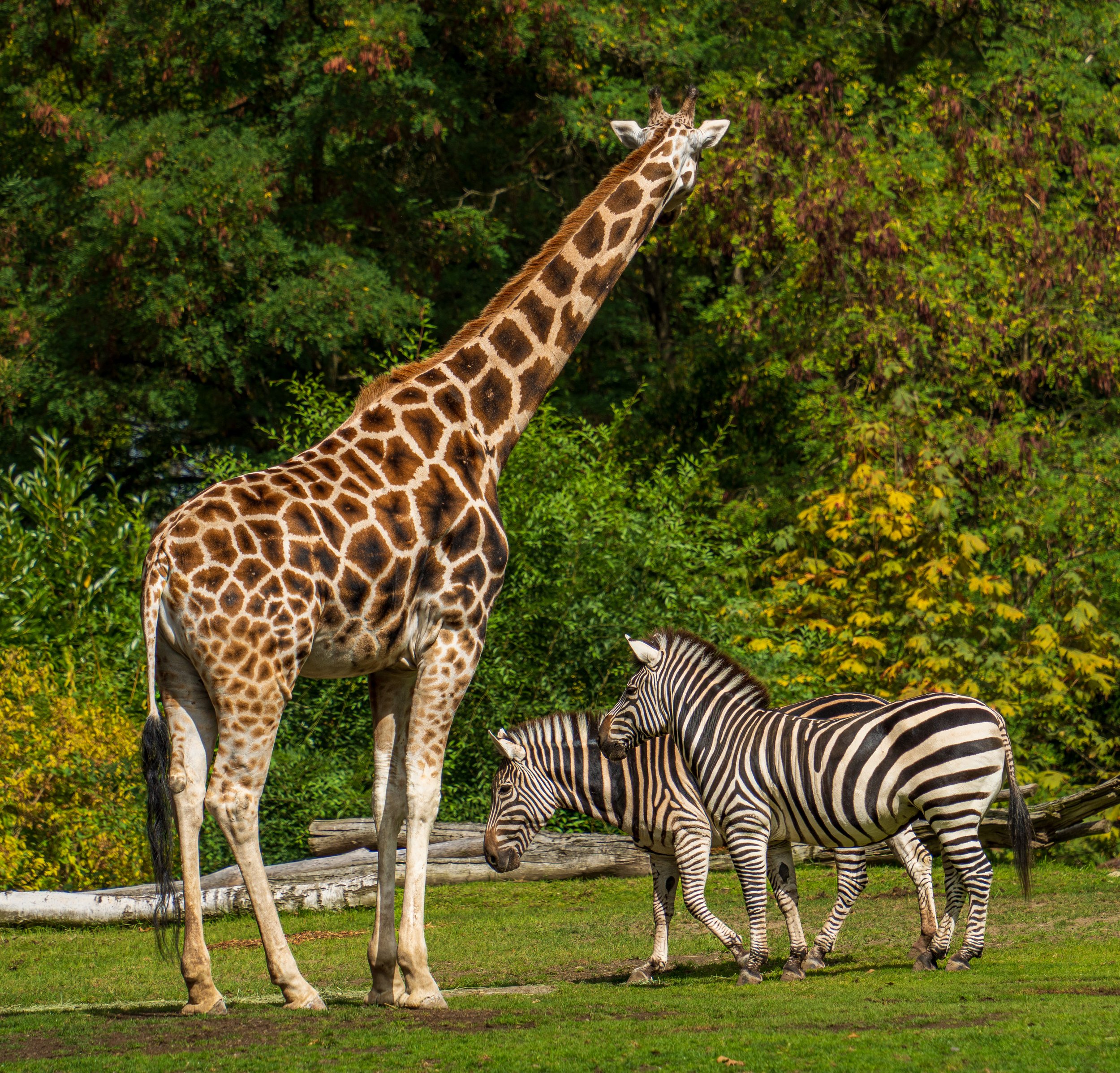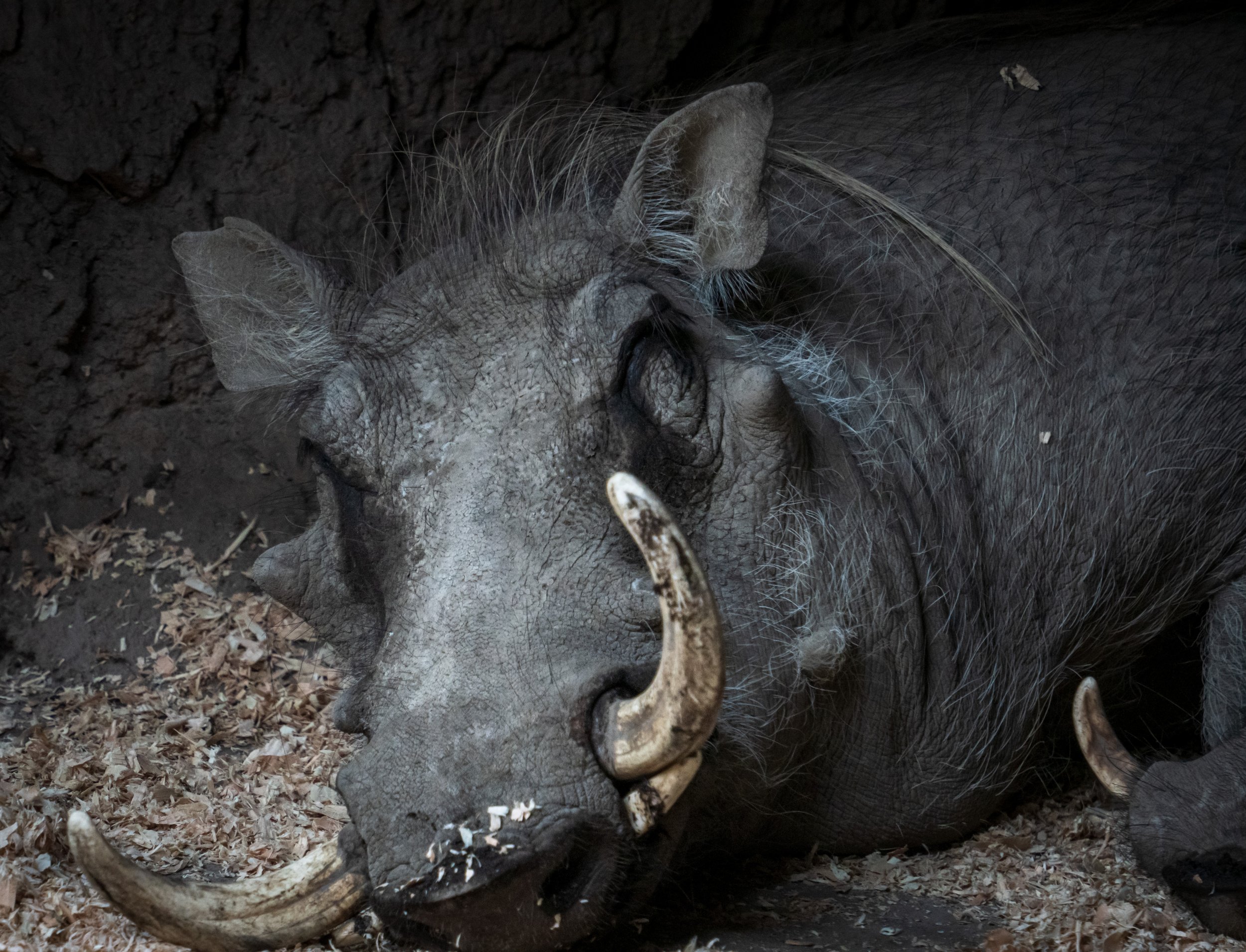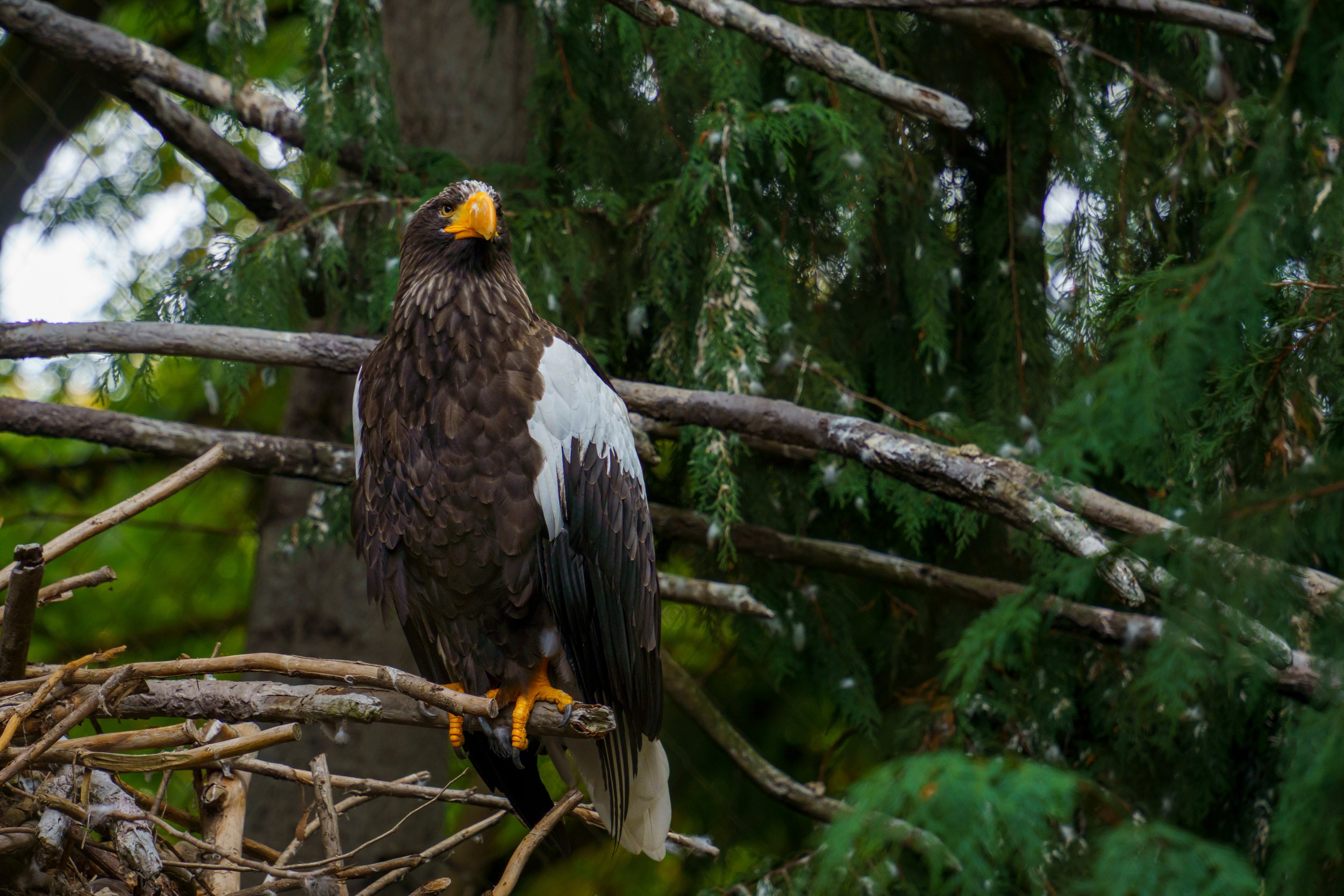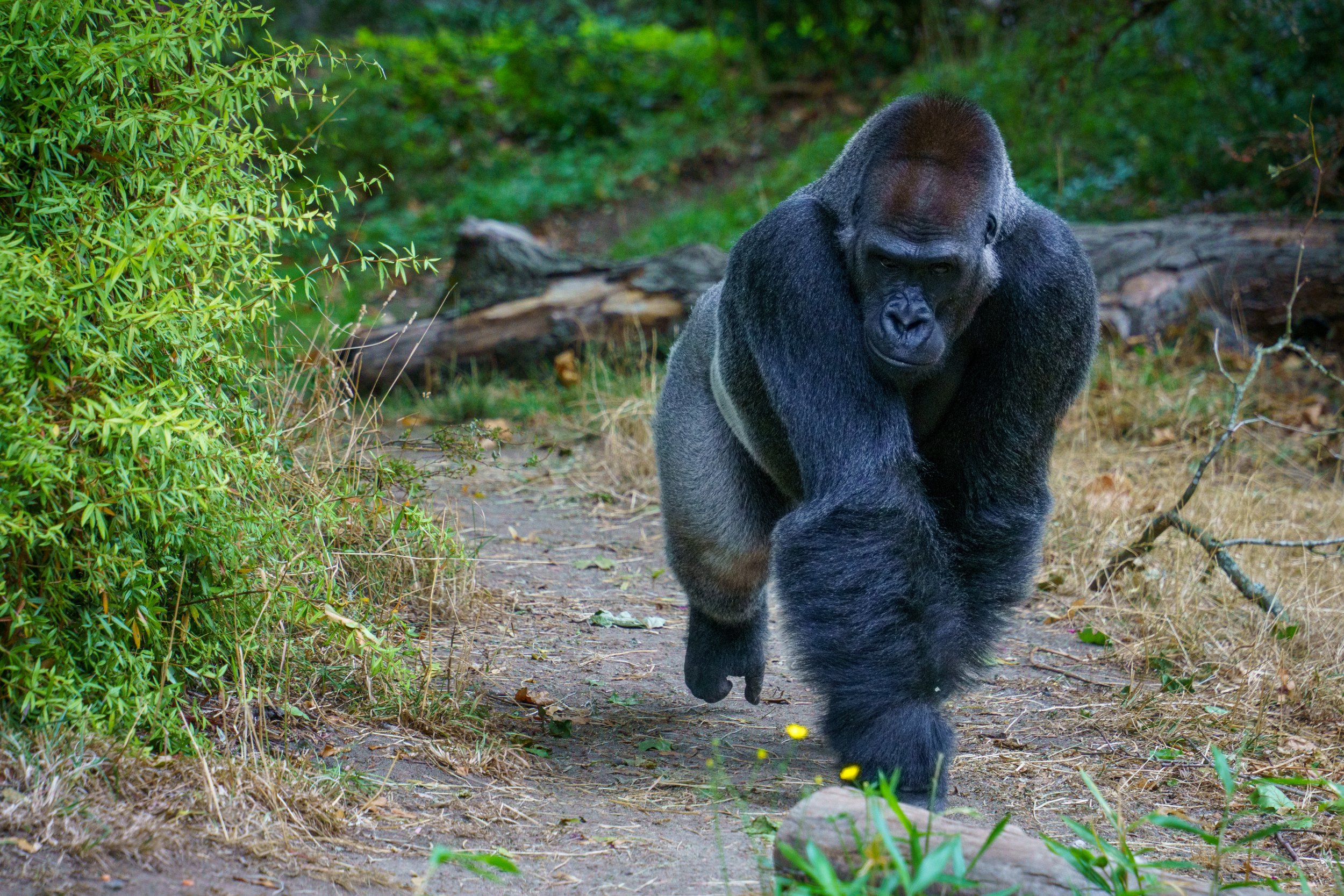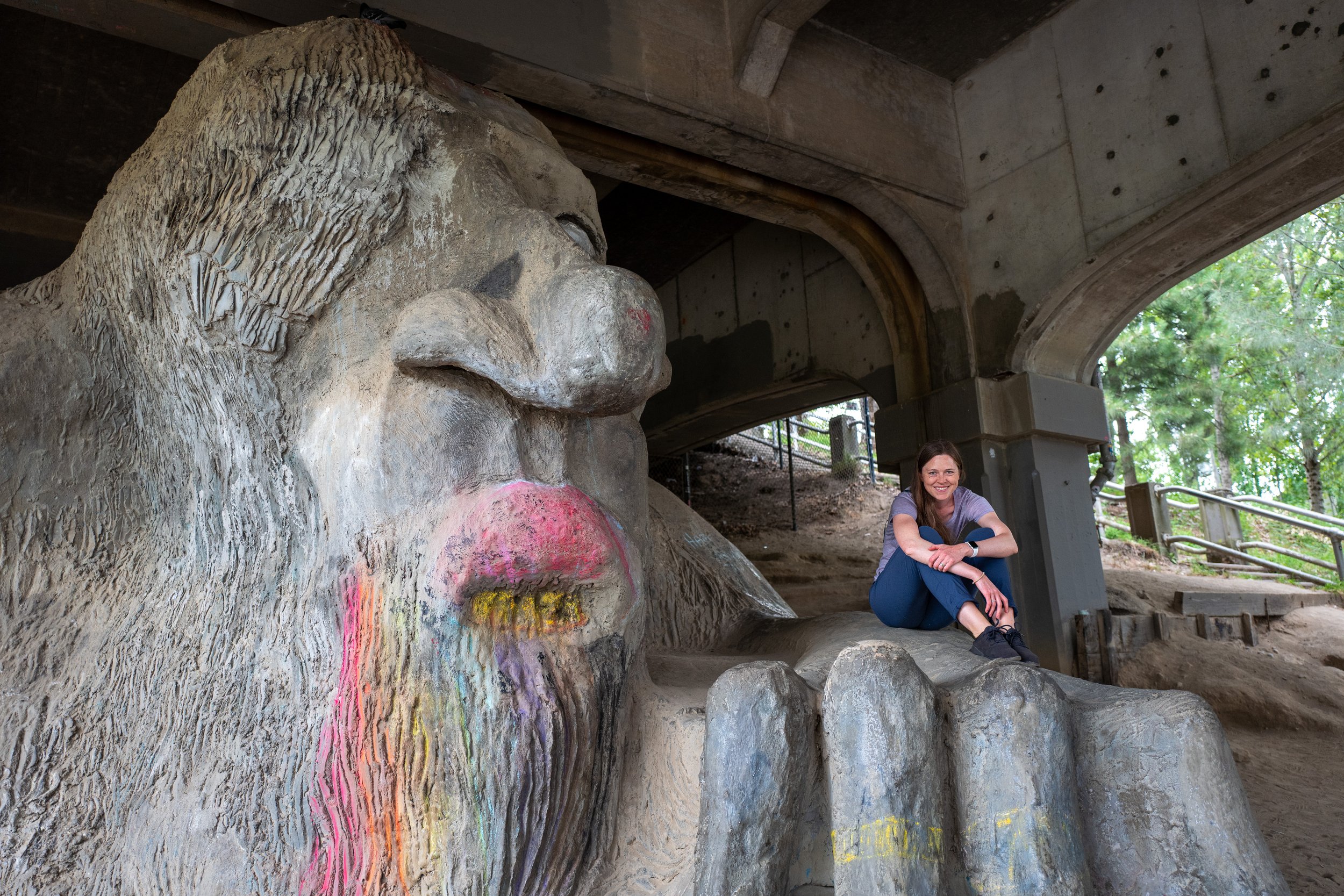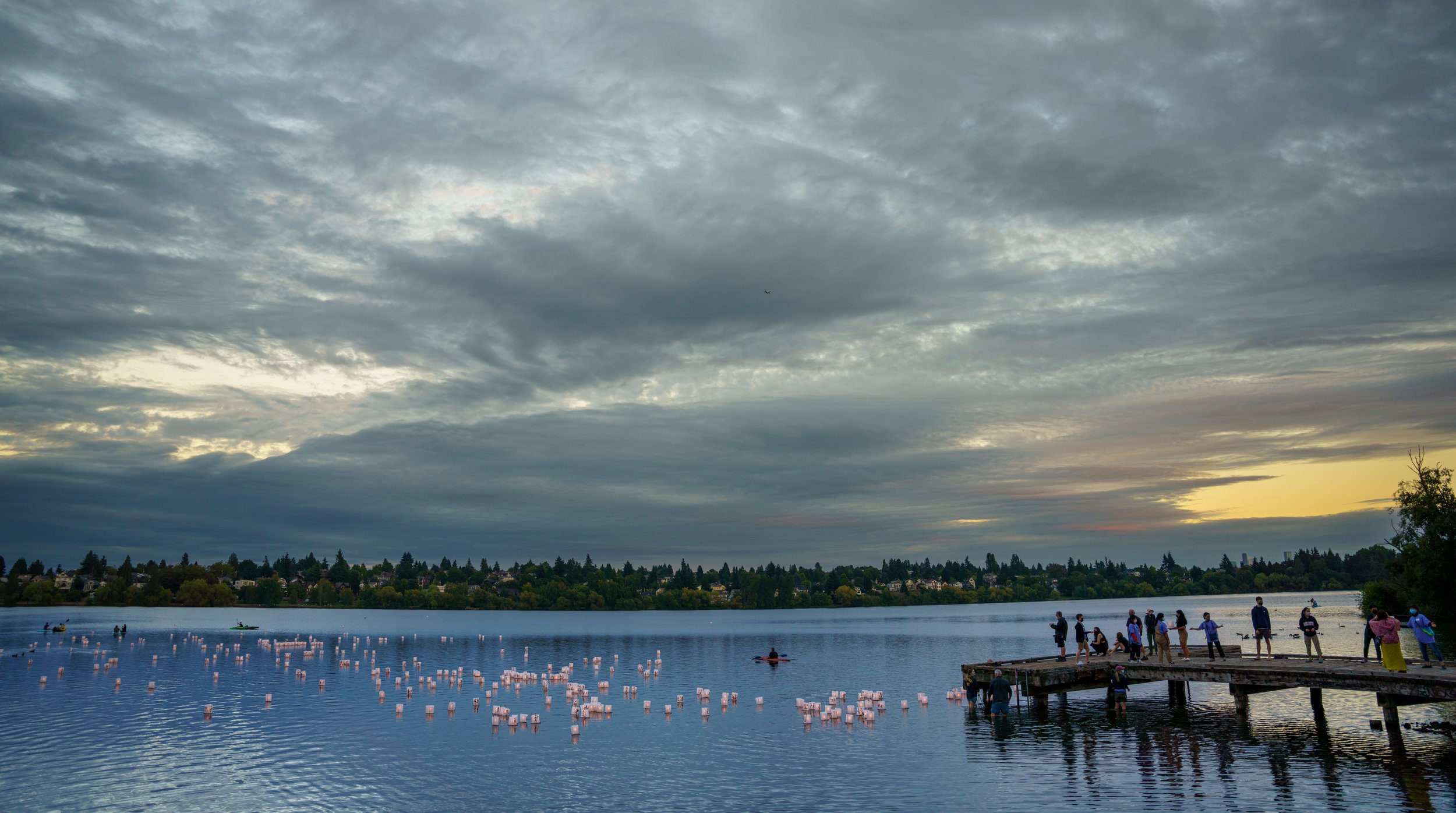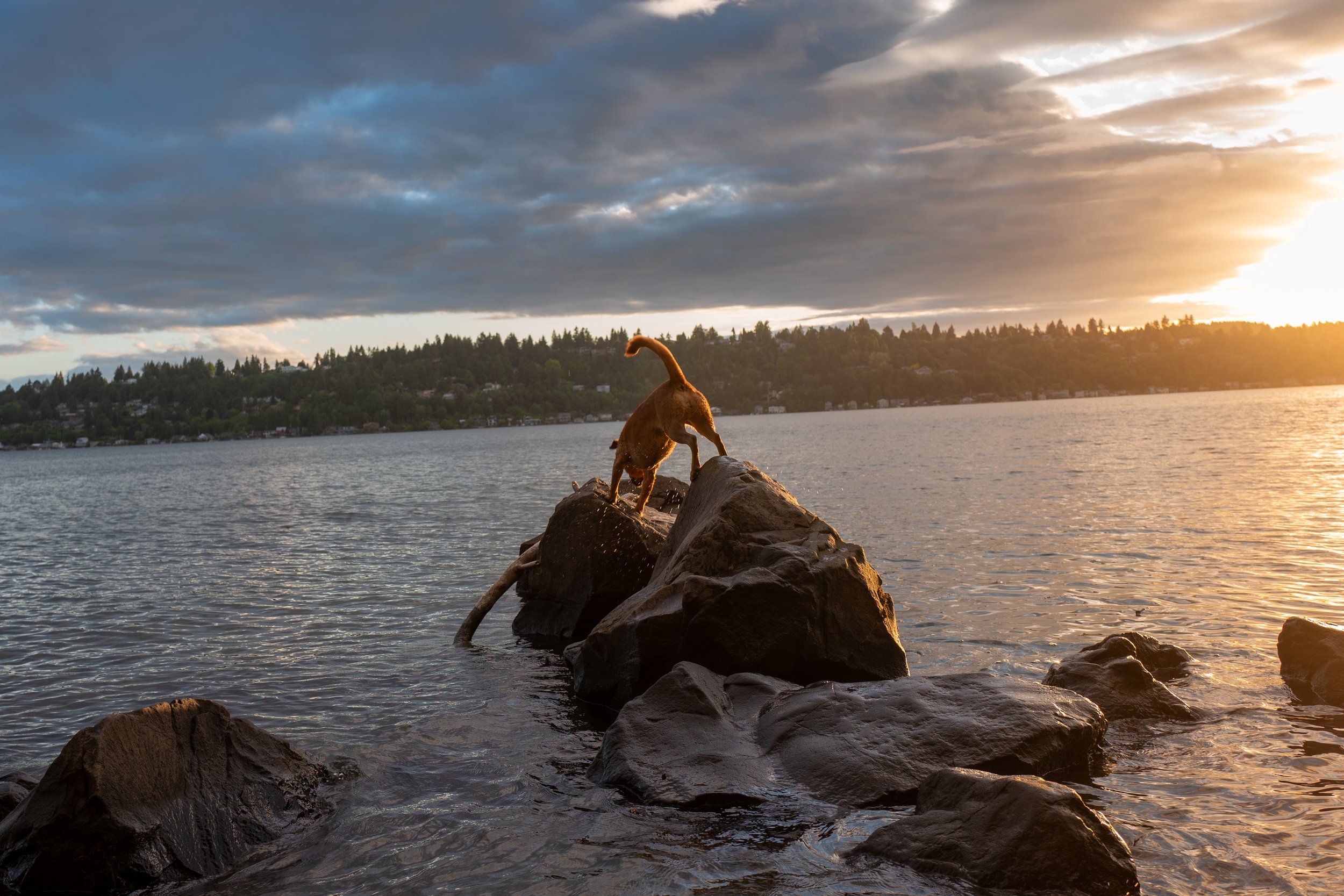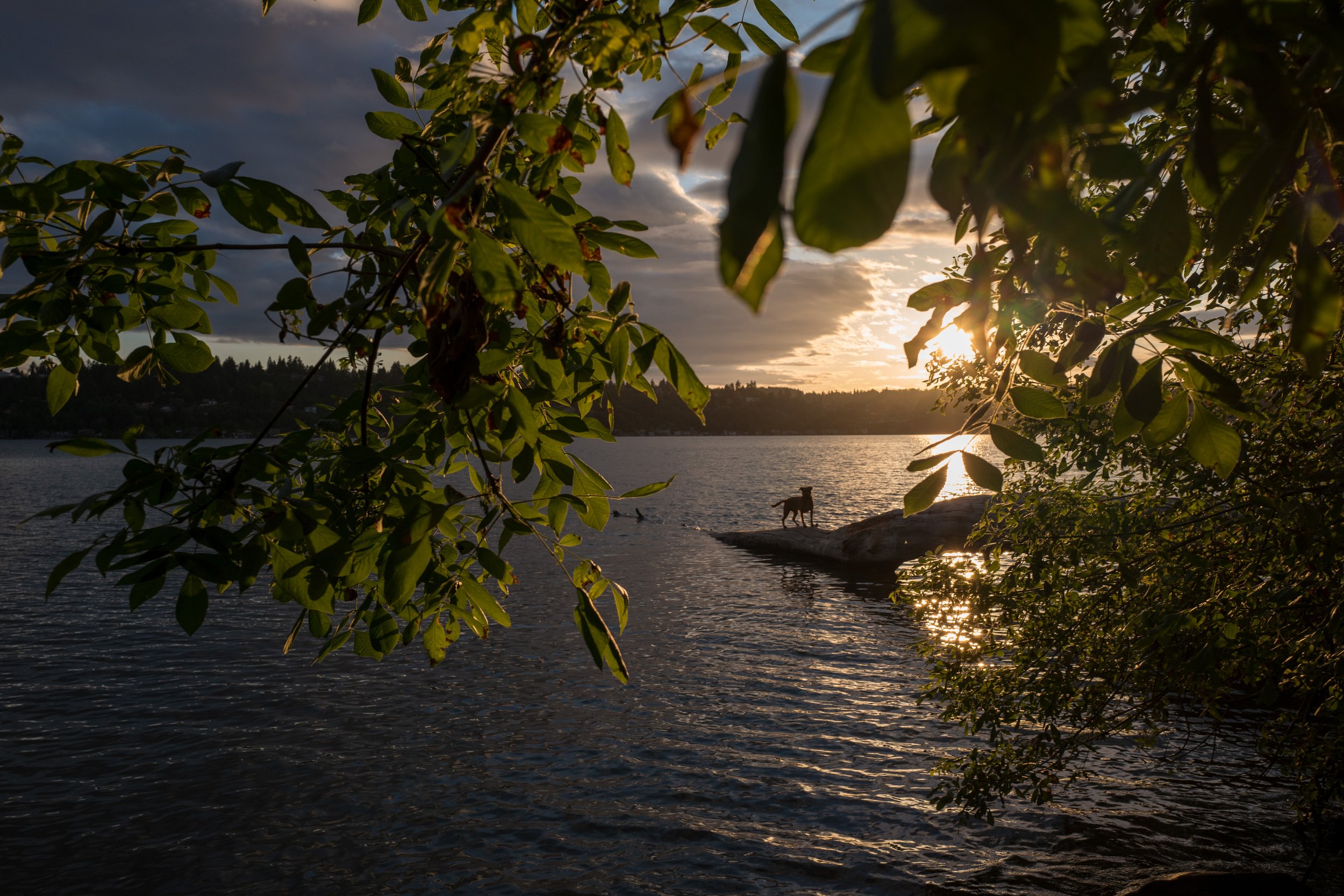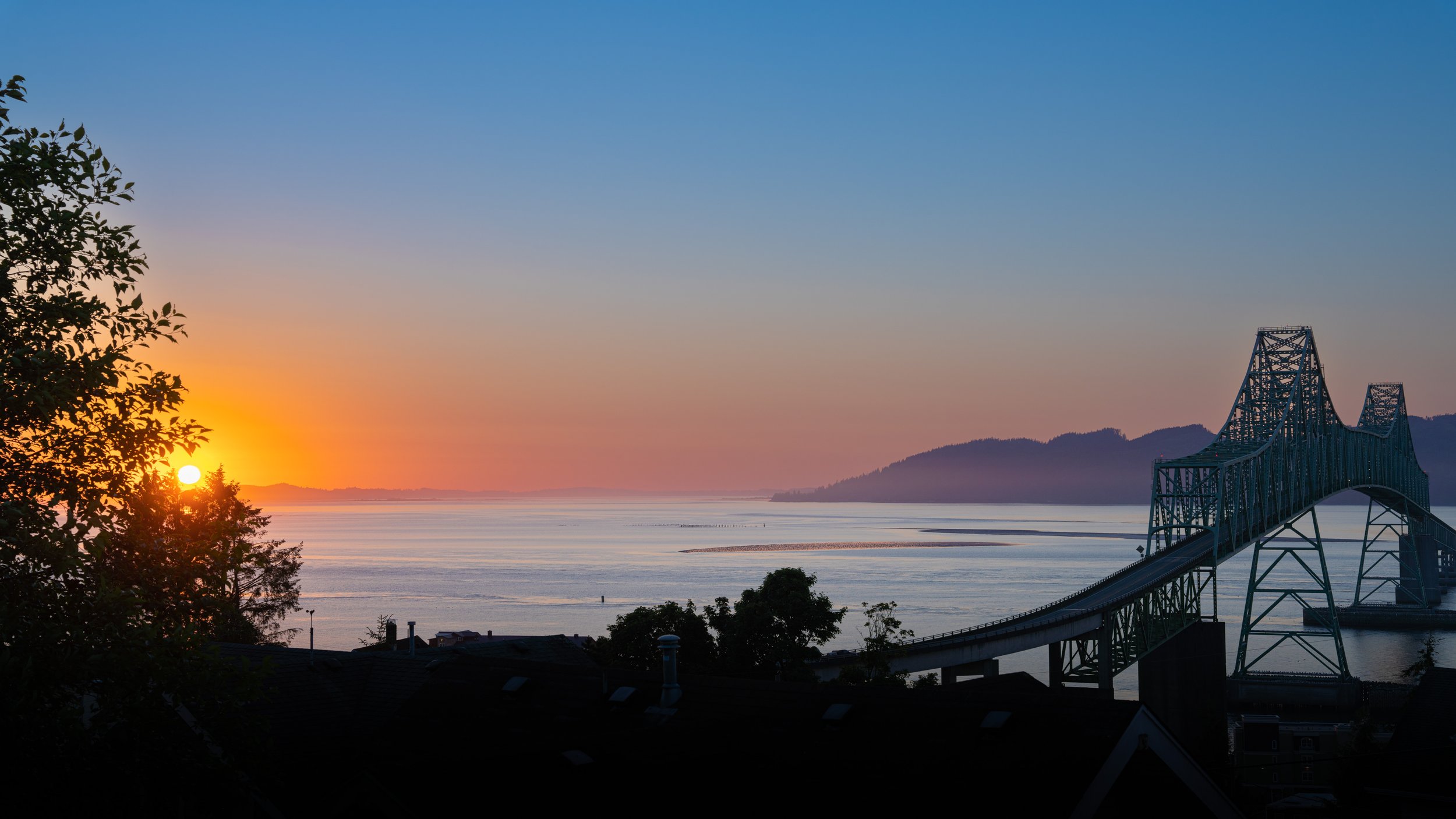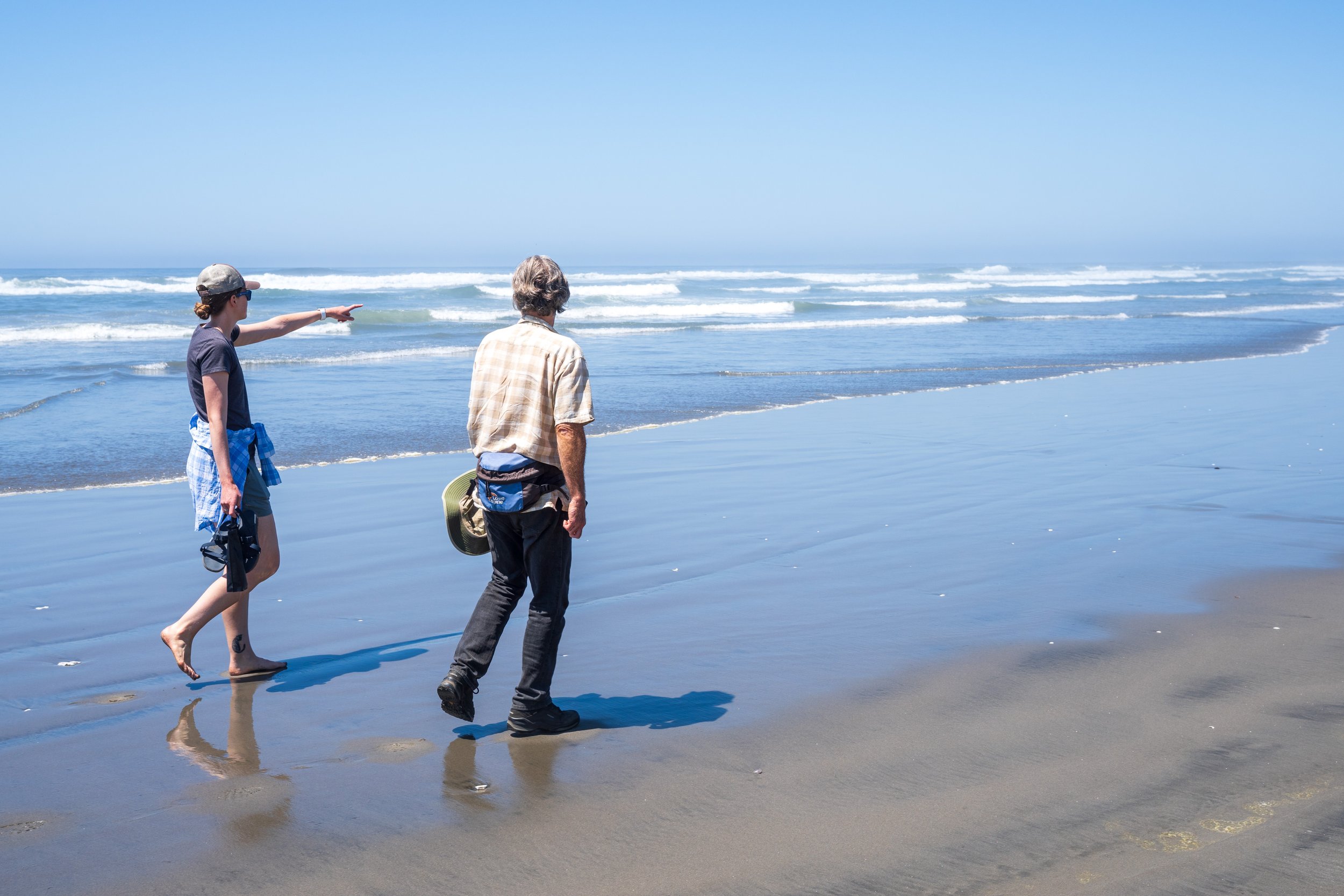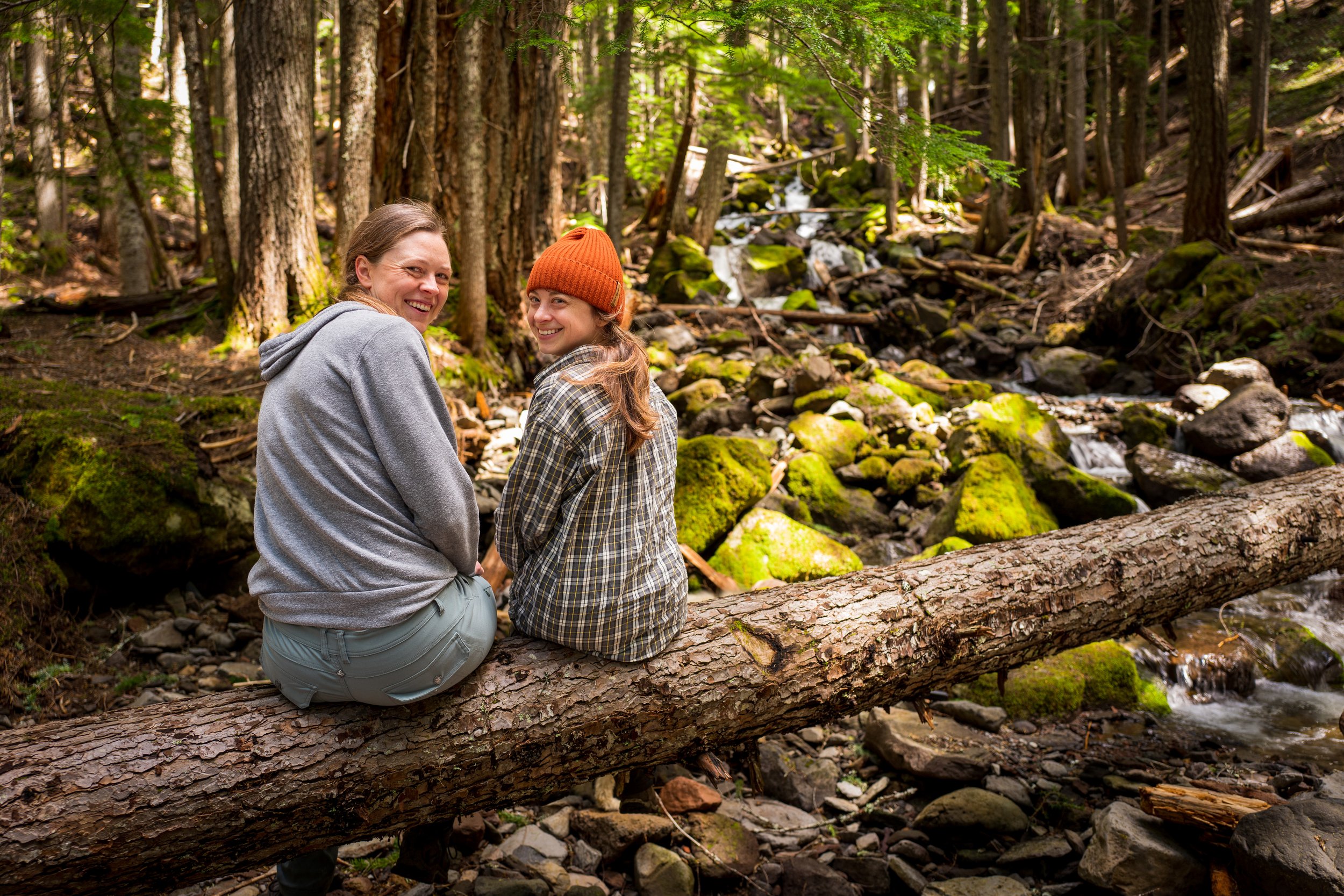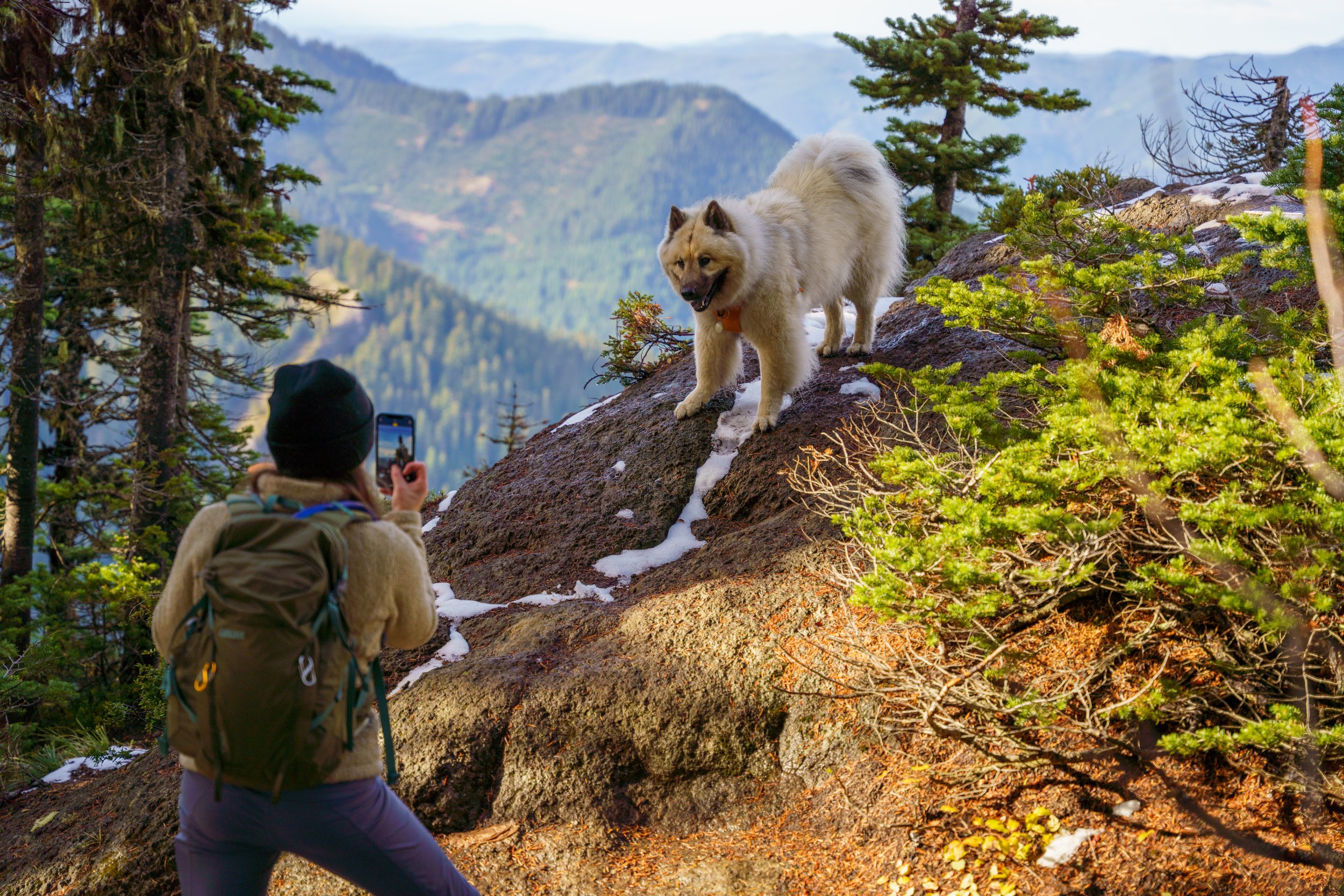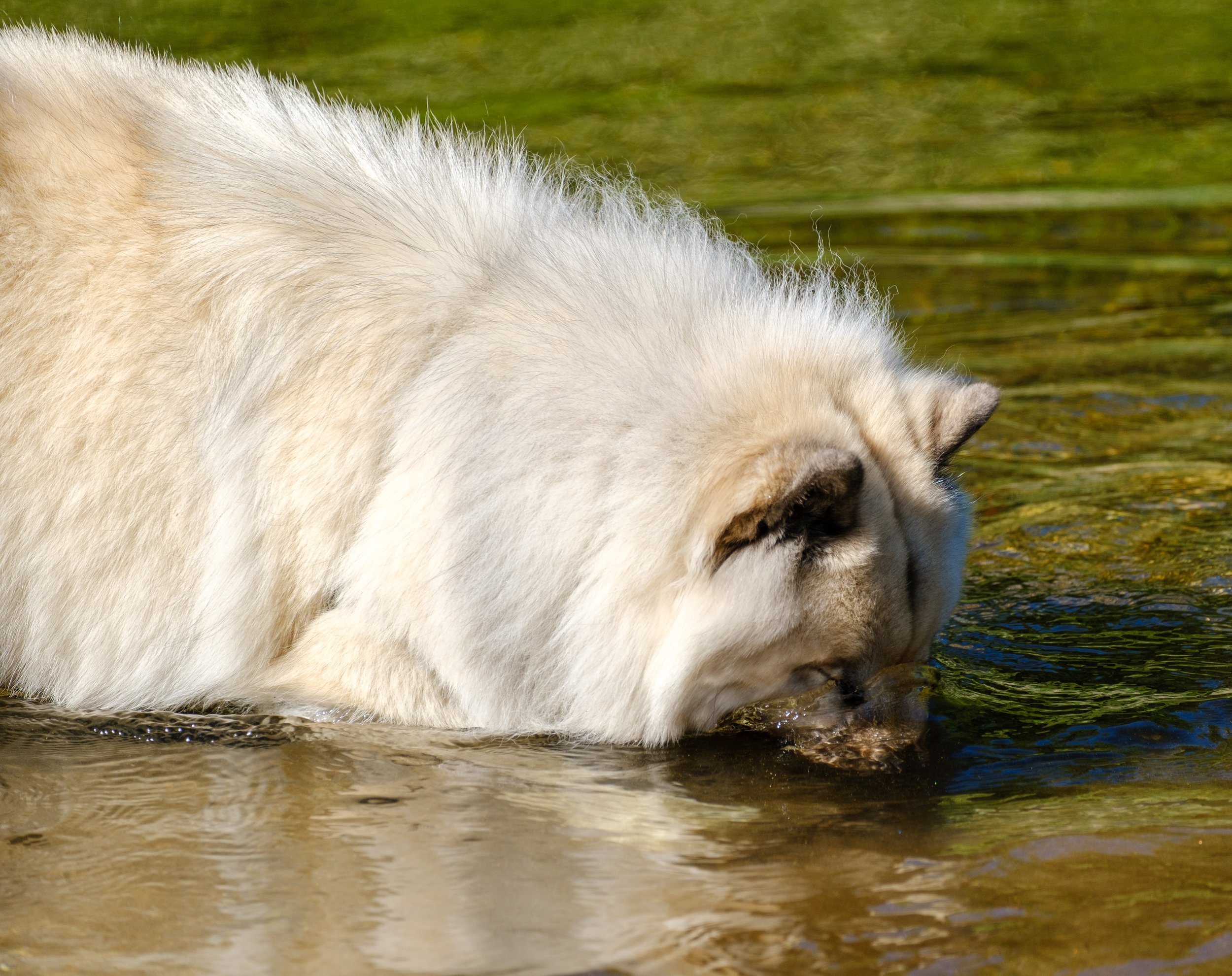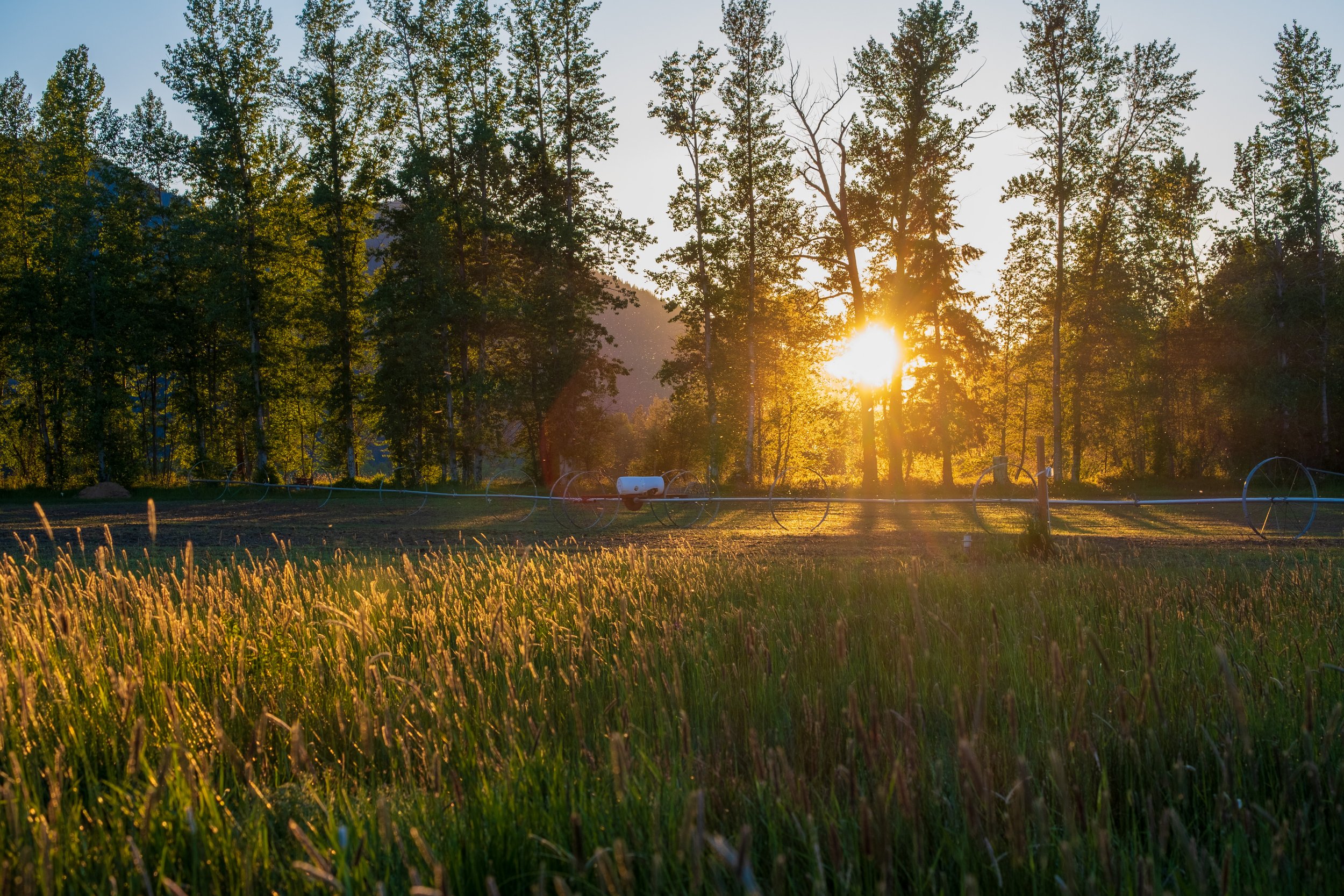The Many Charms of Bergen
Every time we told someone in Oslo or Svalbard that we were going to Bergen next, they were delighted for us. It was a high bar and we weren’t disappointed.
After a long travel day, (Longyearbyen to Tromsø to Oslo to Bergen with a painful customs and security process in the hangar serving as Tromsø’s temporary airport), we got in late and headed to bed. On our first full day, we explored the city center.
Muséhagen park (photo/Jason Rafal)
Bergen exudes beauty, fun, and youthful energy. It’s a college town with hundreds of years of history that’s also covered in beautiful murals and (frequently painfully direct) graffiti. It’s touristy but there’s enough space to get away from the crowds. Everywhere you turn there are colorfully painted houses (why does everything have to be neutral colored in the U.S.?) and tree-covered hills next to glassy water. We immediately loved it.
First, coffee (photo/Jason Rafal)
One more look at the beautiful colorful houses of Bergen (photo/Jason Rafal)
A beautiful mural (photo/Jason Rafal)
Another excellent mural (photo/Jason Rafal)
Bryggen, one of the most iconic areas on Bergen, features a row of wooden buildings that contain shops and galleries. First established in the 14th century, the area has burned down several times, and continues to be rebuilt to the original plans using traditional (very slow) methods.
Bryggen was the home of the German merchant community in Bergen, where they dominated northern European trade to both the east and west for two hundred years. The neighborhood within Bergen functioned as a self-contained village for the Hanseatic League, only integrating with the rest of the city when it lost power in the 1700s.
One of the inner alleys in Bryggen (photo/Nicole Harrison)
A ship through the wall of Bergenhus Fortress (photo/Jason Rafal)
Some of Jason’s urban bird photography (photo/Jason Rafal)
Bryggen at sunset (photo/Jason Rafal)
One of the evenings we were in Bergen, there was a culture night where various amateur groups gave performances at different stages around the city center. It was an incredibly broad selection of things - there was hip hop dancing, orchestral classical music, pole dancing, tango, and much more.
An adorable dog listens to the classical music (photo/Jason Rafal)
A pole dancing performance in downtown Bergen (photo/Jason Rafal)
Evening walks in Bergen (photo/Jason Rafal)
On day two we took the funicular up Mount Fløyen, which has a wonderful view overlooking the city. After hiking around a small portion of the beautiful and established trails at the top, we walked the steep, winding path back down to the city.
The view from the top (photo/Jason Rafal)
I was delighted that there were goats at the top of Mount Fløyen (photo/Jason Rafal)
A duck on a very calm mountain lake (photo/Jason Rafal)
One of the trolls at Trollskogen, a troll-themed park (photo/Jason Rafal)
The view up the hill to Mount Fløyen from Bergen (photo/Jason Rafal)
In the afternoon, we drove west of Bergen, near Telavåg, and went for a hike out to the coast. I found the trail by zooming around Google maps until I found some accessible public land, and it was a little longer and much muddier than we’d anticipated, but it was worth it. Sometimes the random side trips are busts, but sometimes they work out beautifully, and this was the latter.
Walking up one of the very steep hills on the hike (photo/Nicole Harrison)
The scenery was gorgeous but not at all what I expected - it was mainly huge rocky outcroppings with small plants and marshes in between. For some reason I had expected more forest and less low brush. We saw some other hikers, but the area was mostly quiet and incredibly peaceful.
Little lakes of water between the rocks (photo/Jason Rafal)
A fork in the marshy trail (photo/Jason Rafal)
Finally spotting the sea (photo/Jason Rafal)
One thing about being so far north is that the light is beautiful for a much longer period of time. We spent a few hours at the coast, and all of it was beautiful even though the sun didn’t set until after we left.
The trail was all rocks, mud, and catwalks (photo/Jason Rafal)
Nicole and the sea (photo/Jason Rafal)
Sheep grazing in the golden light (photo/Jason Rafal)
Sunset from the lovely Nordnesparken in Bergen (photo/Jason Rafal)
On our last day in Norway, we took a fjord tour. We drove out to Øystese for the tour, and stopped to see waterfalls on the way.
Mørkhølsfossen (photo/Jason Rafal)
You can see some guys doing military training on the right - we were amused that they used a rented van (photo/Jason Rafal)
In Øystese we put on thick, windproof full body suits and goggles and boarded a RIB (rigid inflatable boat) and set out into the fjord with four other tourists. Our local guide alternated between telling us about the surrounding scenery and taking sweeping, high speed turns through the water just for fun. It definitely would have been chilly if the weather was any colder or wetter, but we got lucky. The boat was very fun, had great visibility, and was able to get right up to the cliffs on either side of the fjord.
Very excited to get on the boat (photo/Jason Rafal)
A lone fall-colored tree on a rocky island (photo/Jason Rafal)
There were tons of tiny waterfalls in the fjord (photo/Jason Rafal)
A tiny rainbow in the water (photo/Jason Rafal)
One more picture of pretty water (photo/Jason Rafal)
A photogenic red boat in the green water (photo/Jason Rafal)
A little shed with a green roof hiding behind the rocks (photo/Jason Rafal)
A little rocky island (photo/Jason Rafal)
We would like this house (photo/Jason Rafal)
Jason continues to improve his bird photography (photo/Jason Rafal)
More birds (photo/Jason Rafal)
There were little towns everywhere in the fjord, some reachable by road and some only by boat. Many of them required a car or boat ride and then a short hike to reach the house.
Dramatic fjord landscapes (photo/Jason Rafal)
A boat dock deep in a fjord (photo/Jason Rafal)
A dramatic glacier background for some lovely hillside houses (photo/Jason Rafal)
Bergen was the perfect ending to our whirlwind Norwegian adventure, and we understand why people love it. We’ll definitely be back.
Bryggen from across the water (photo/Jason Rafal)
Colorful houses in Bergen (photo/Jason Rafal)
Self portrait in an art piece at the Bergenhus Fortress (photo/Jason Rafal)


